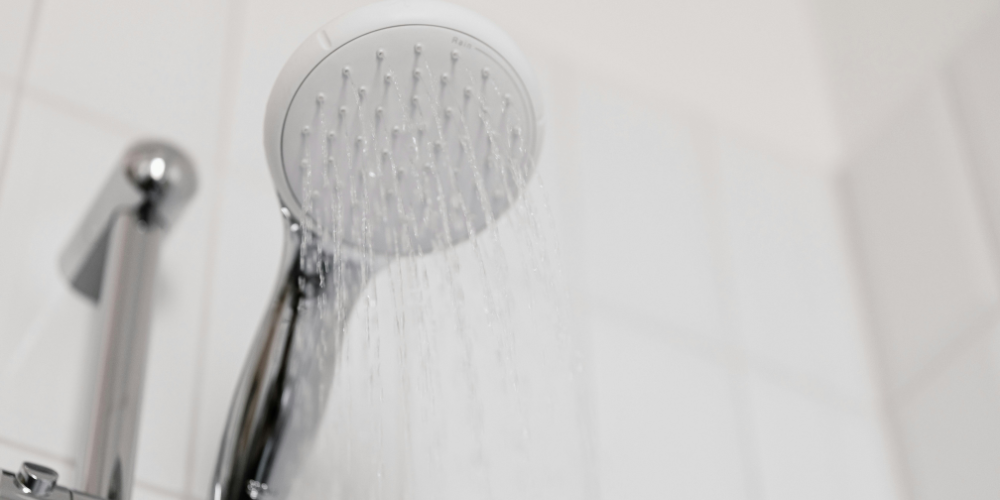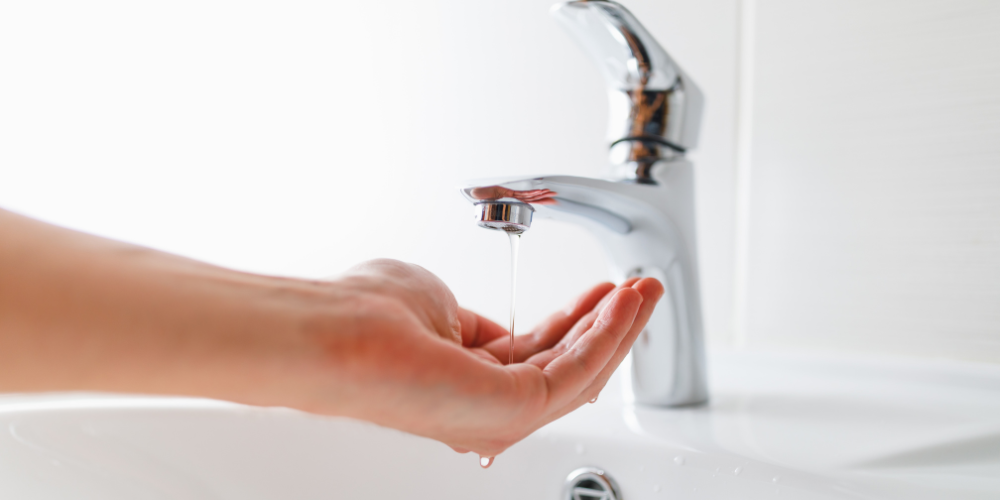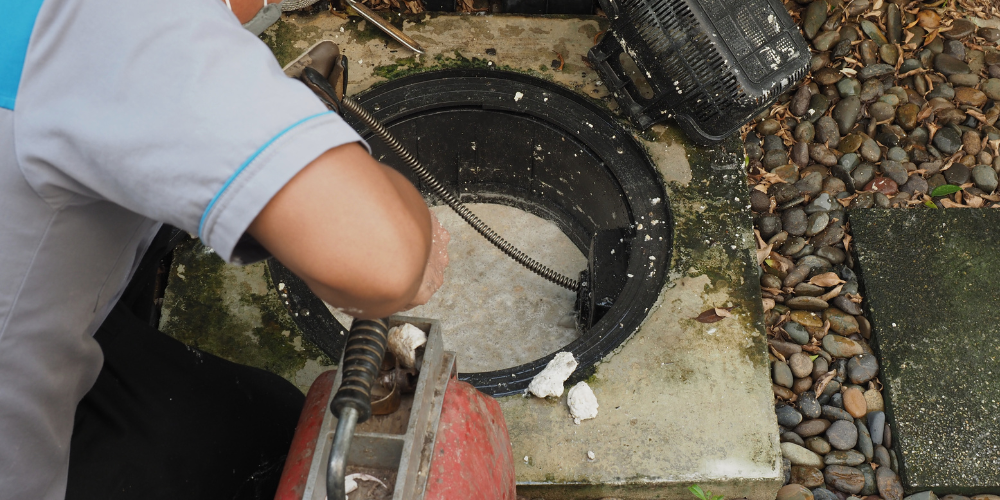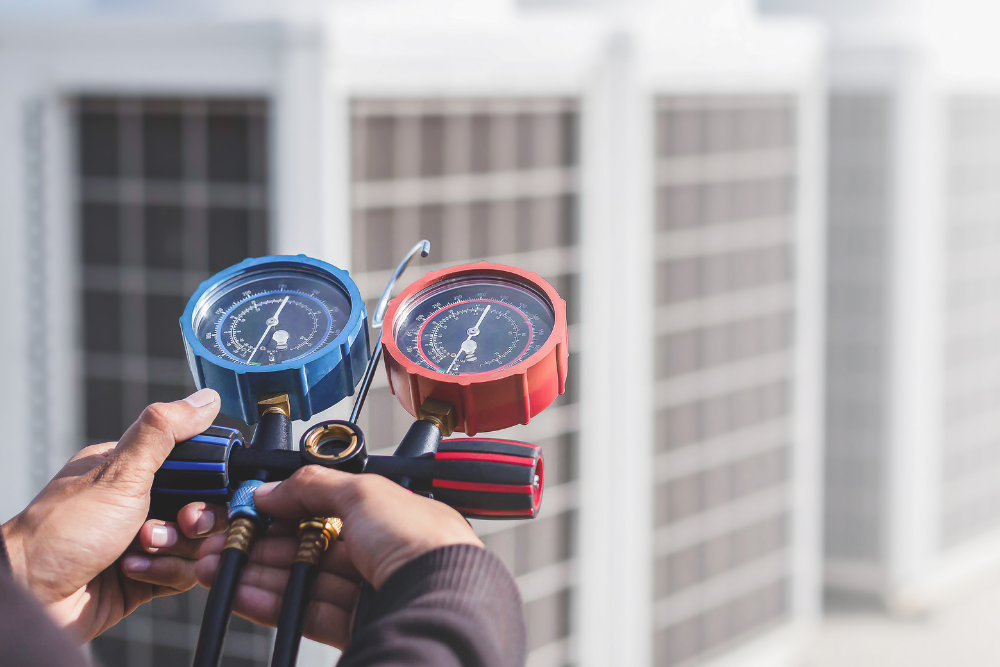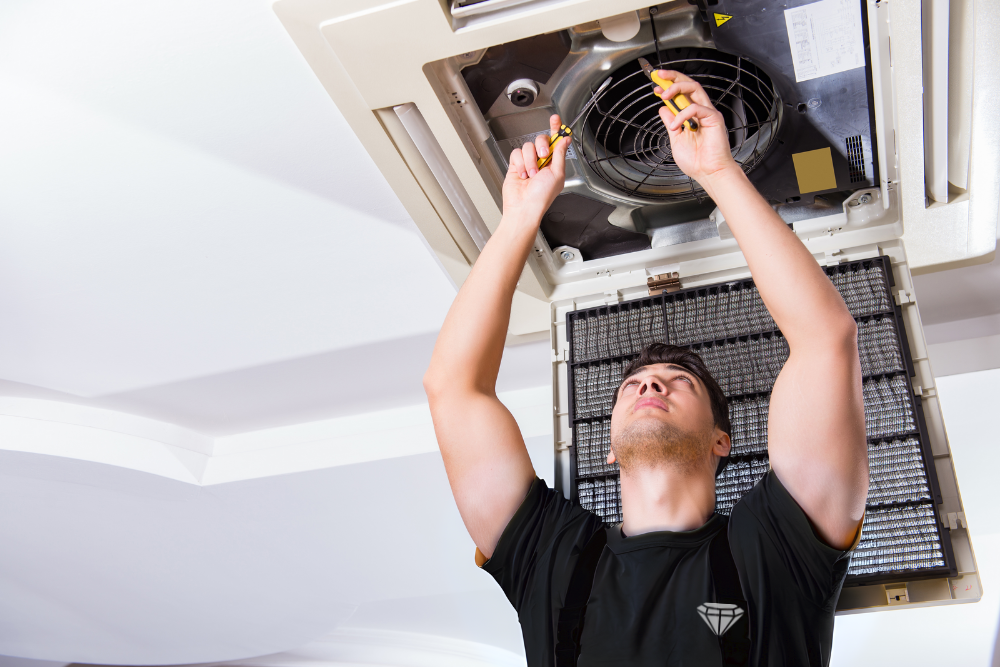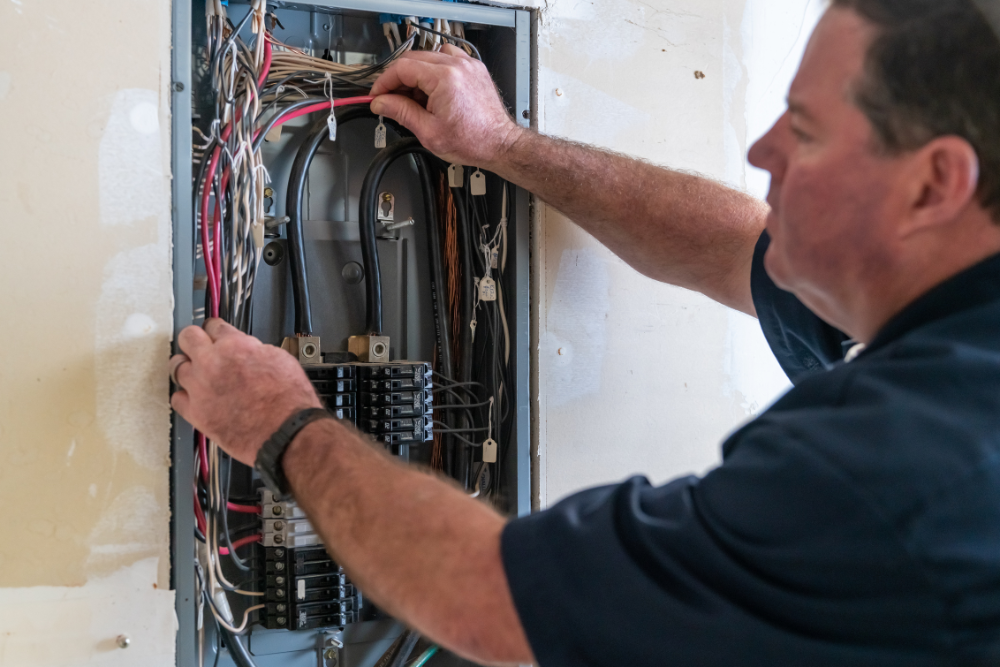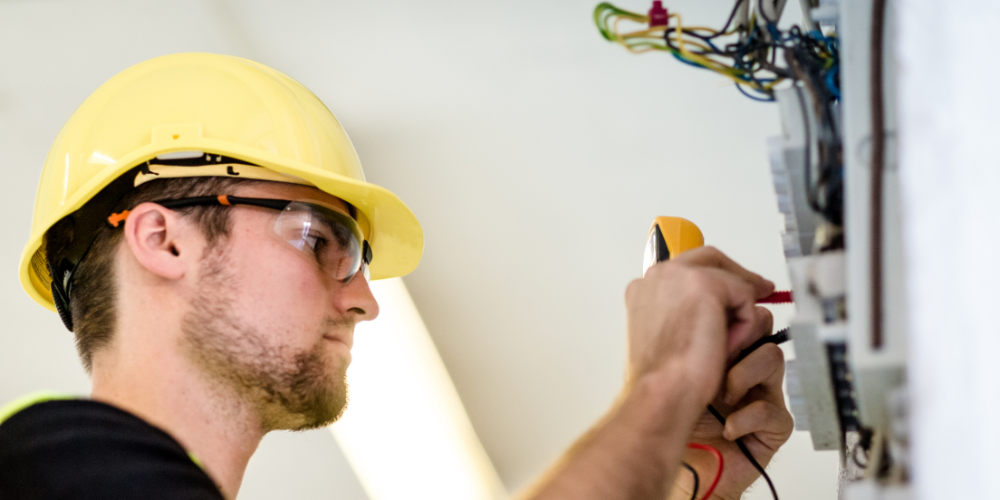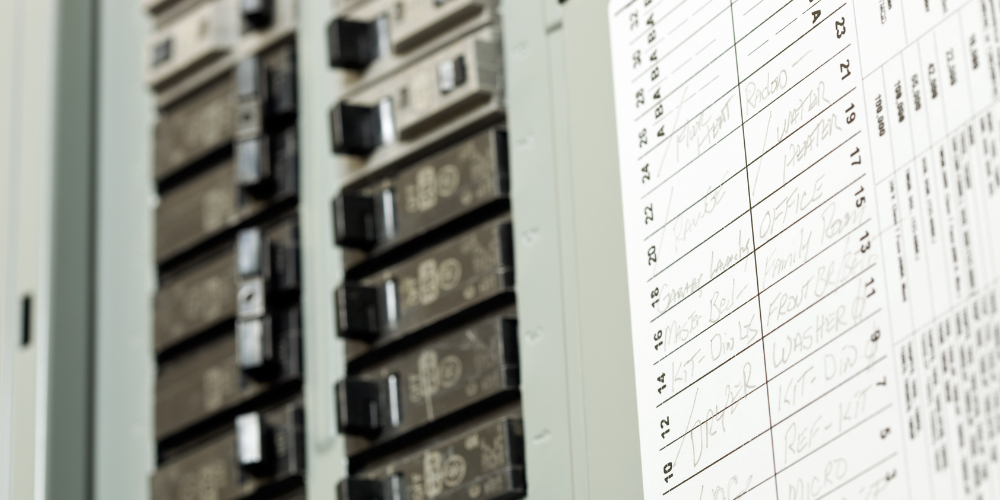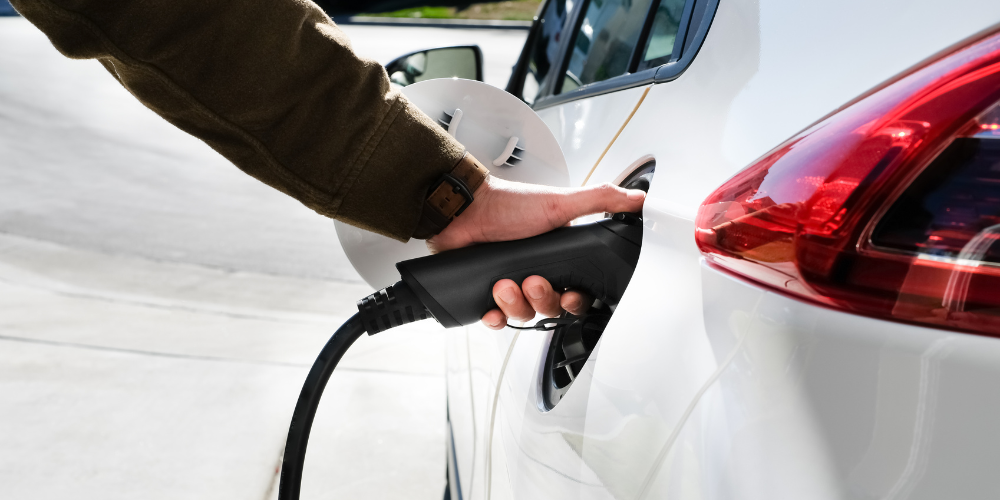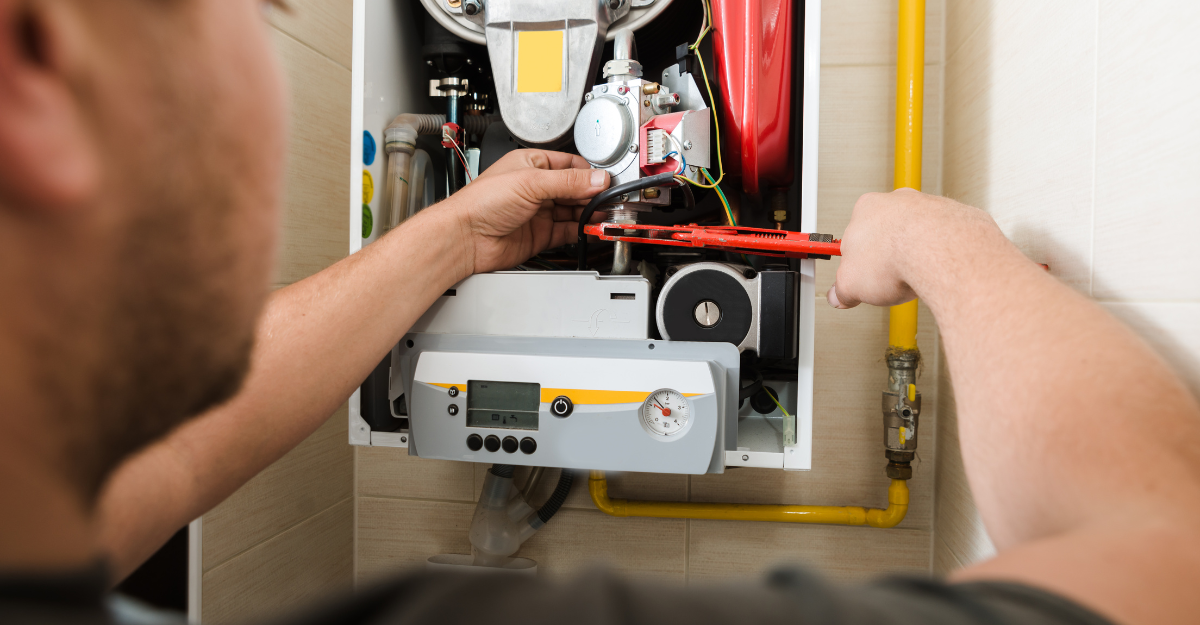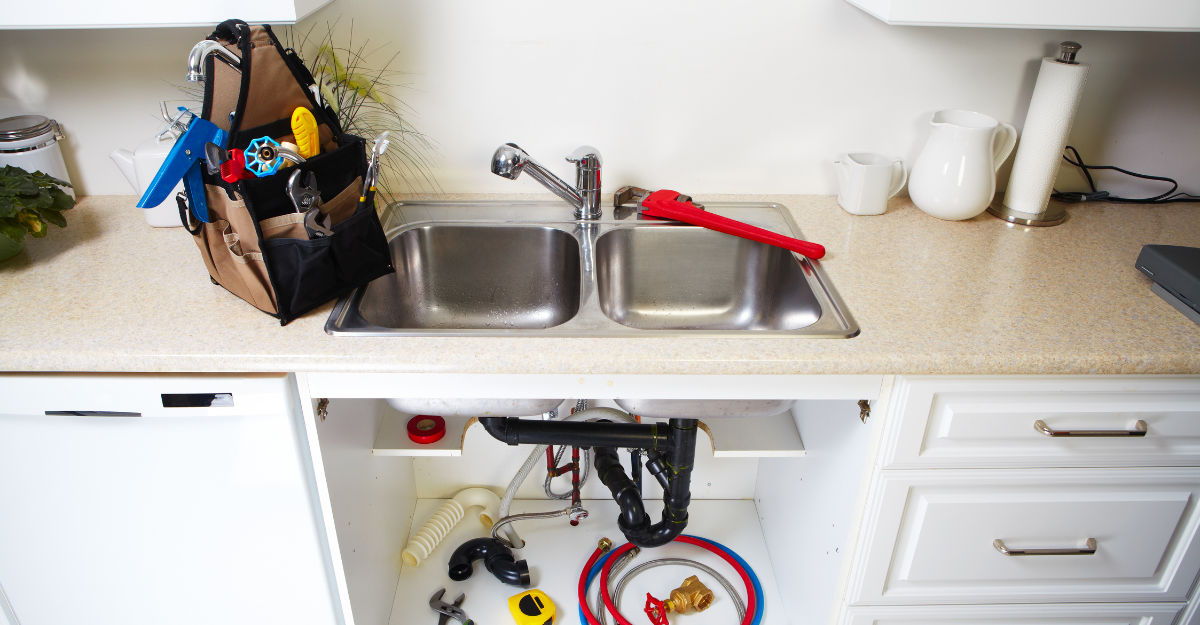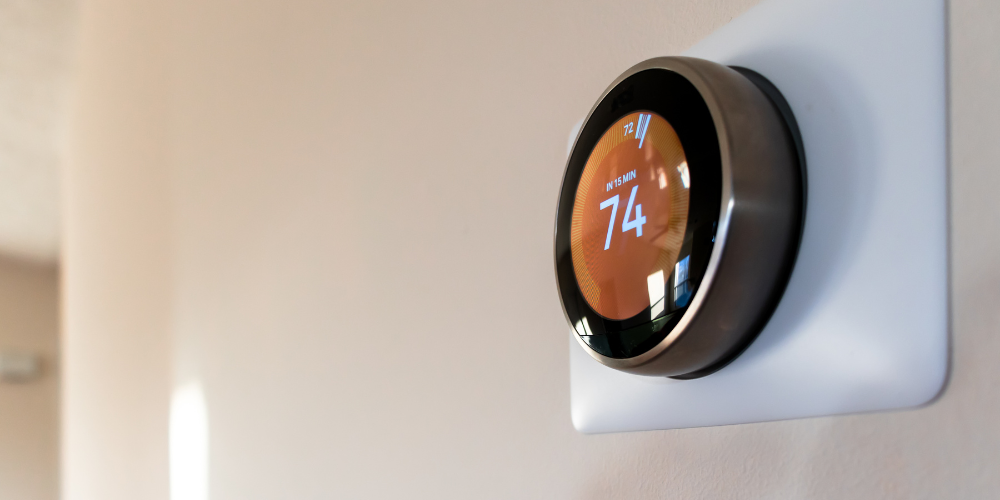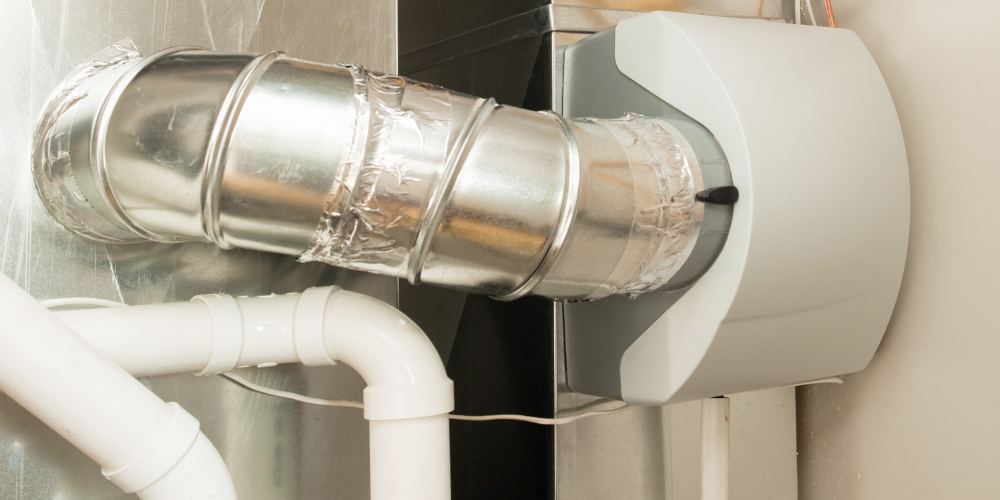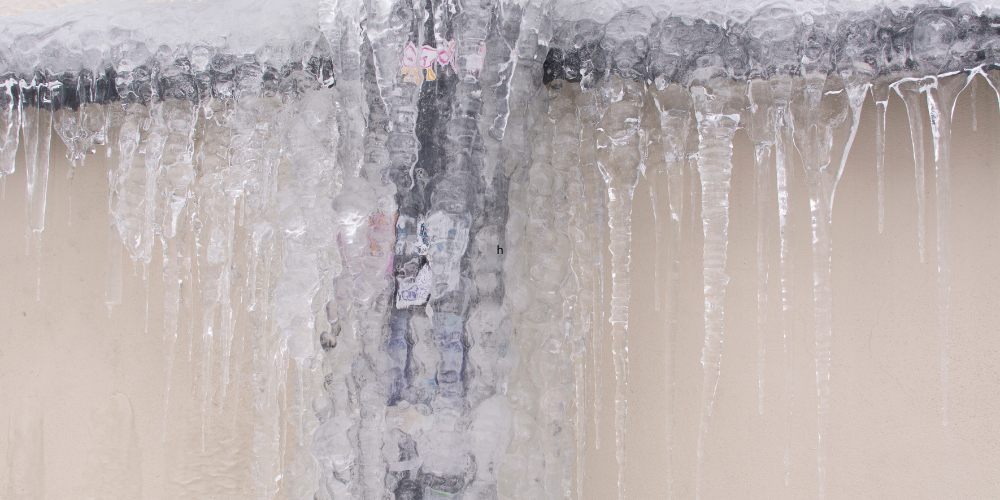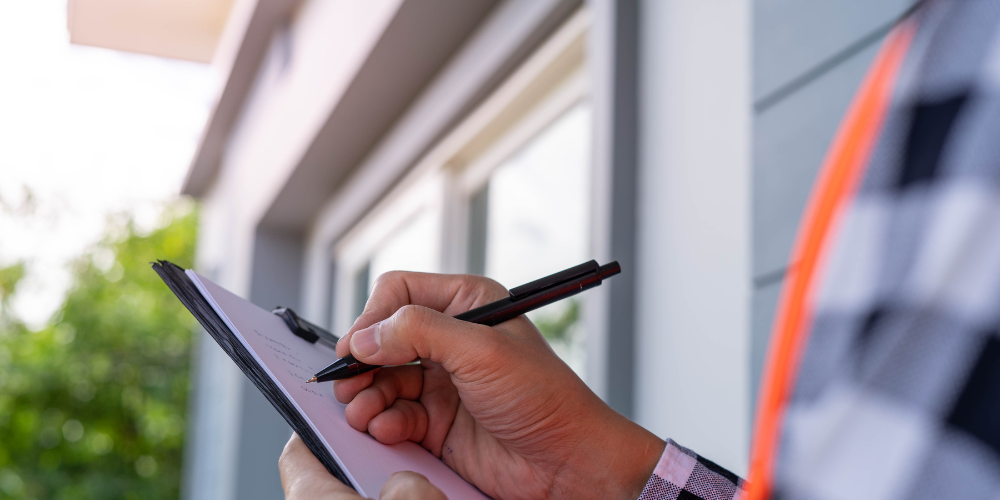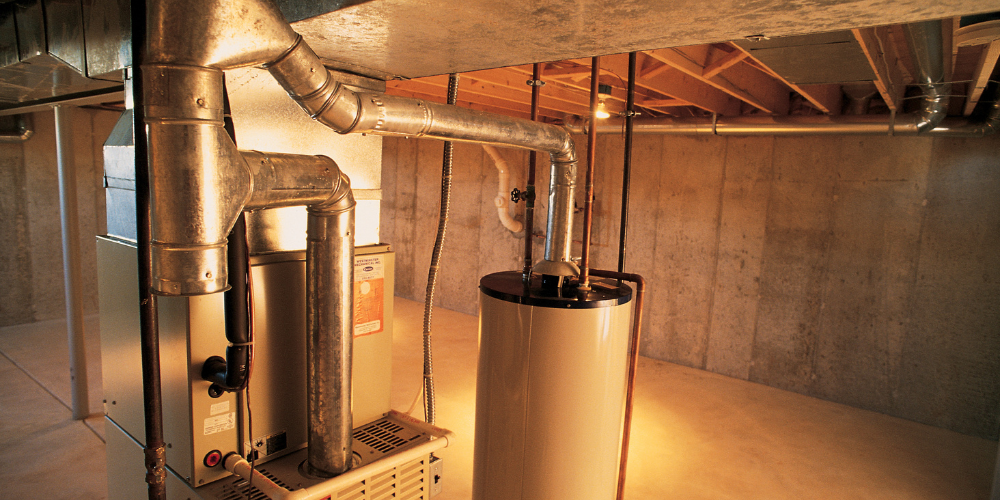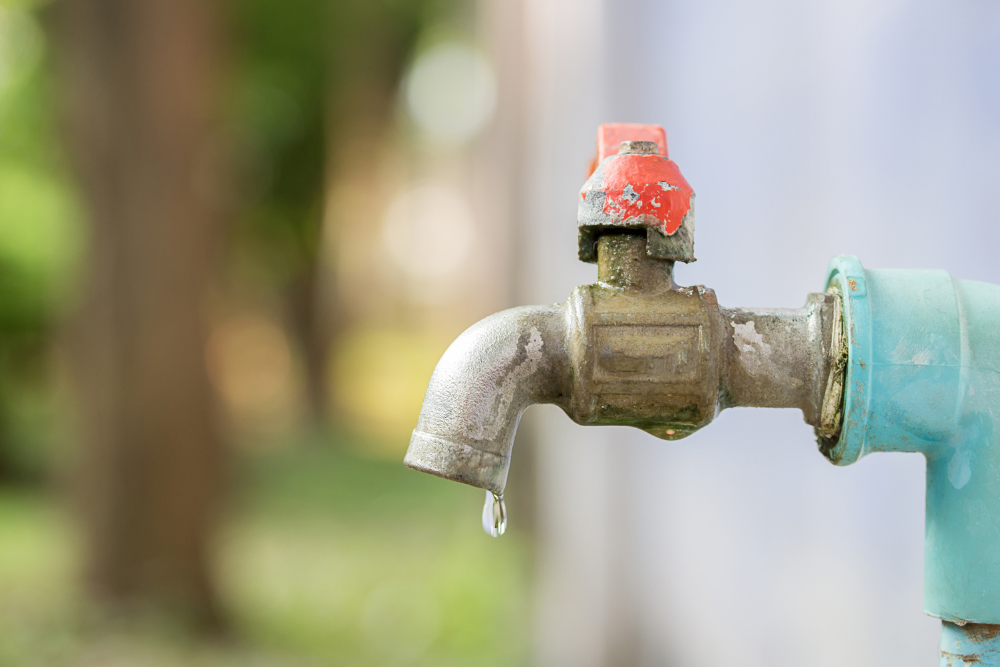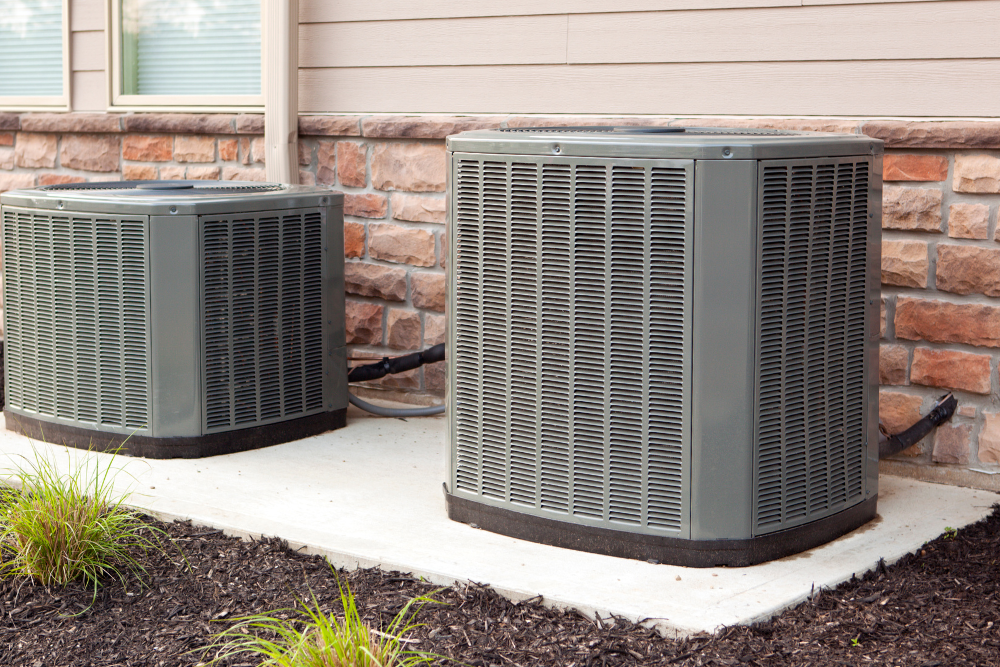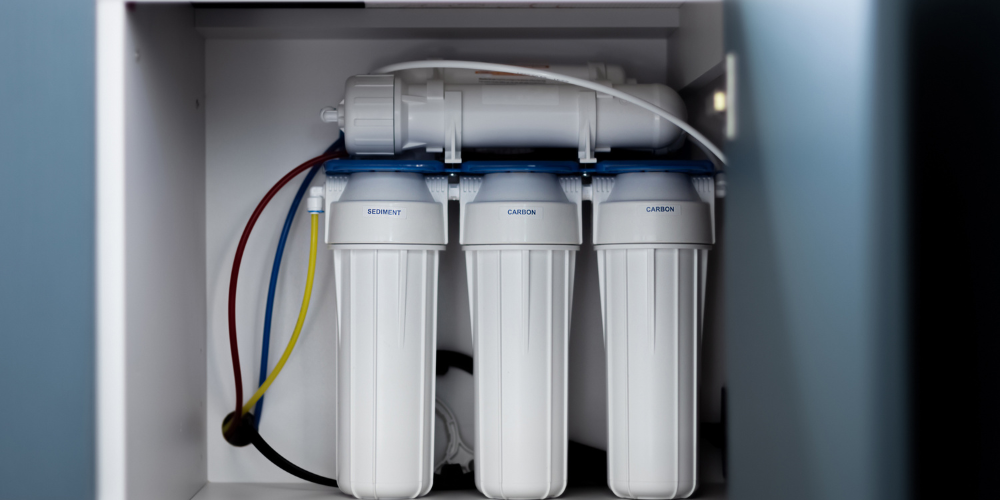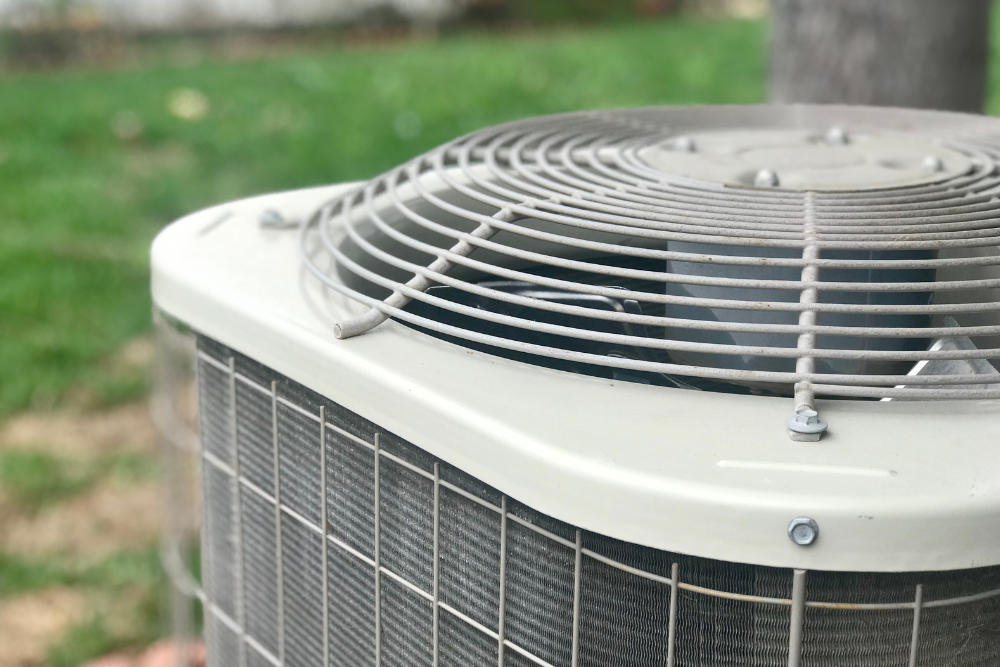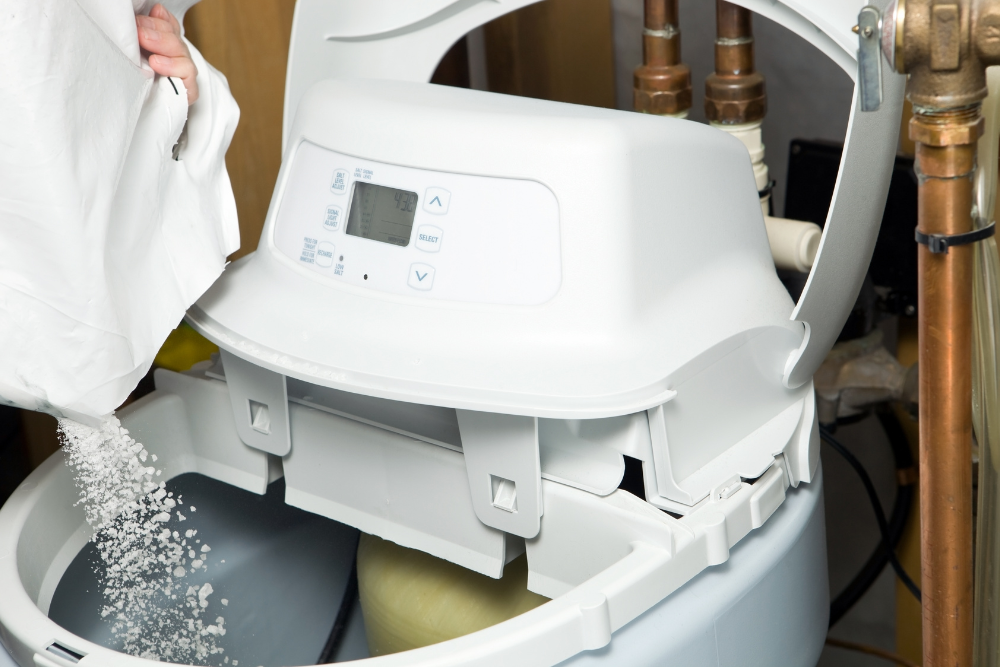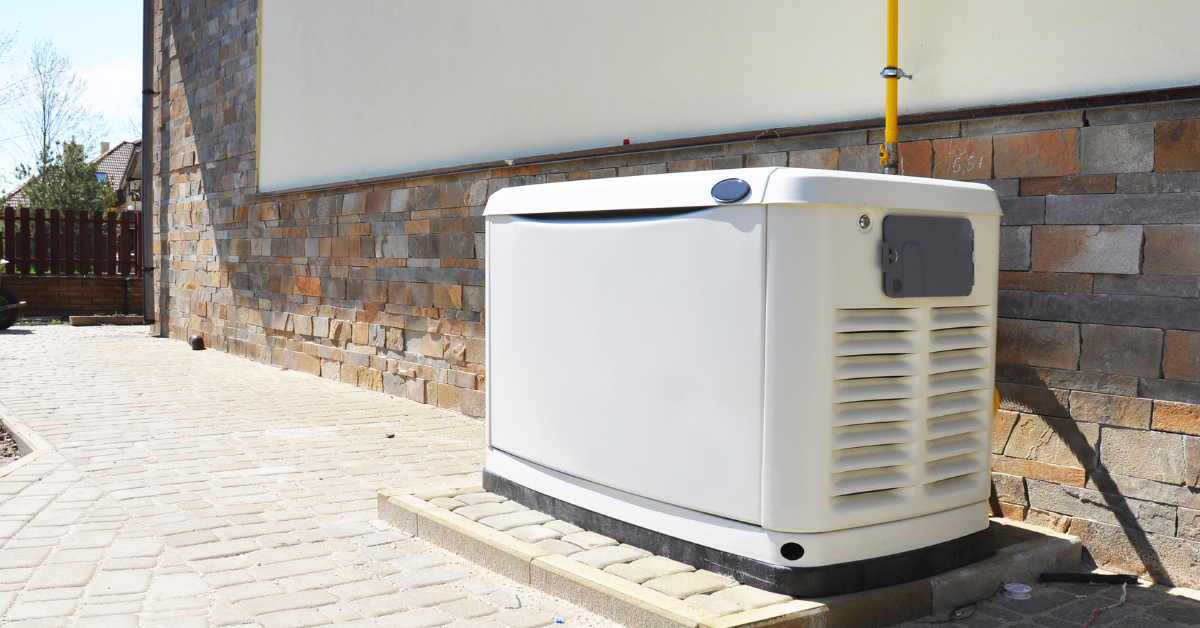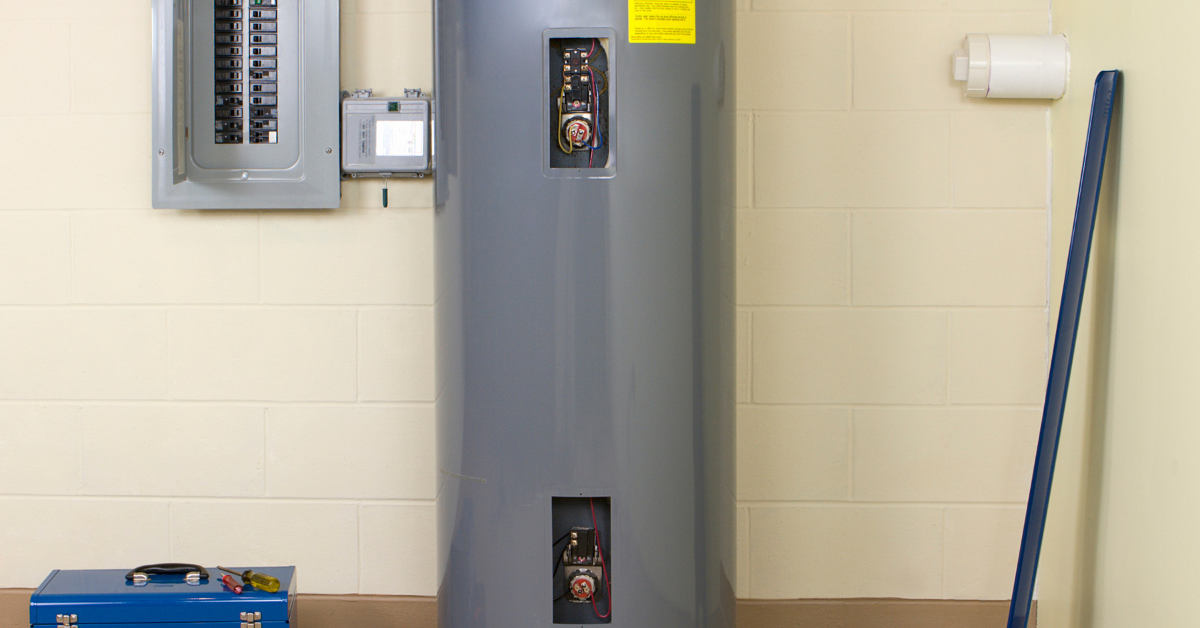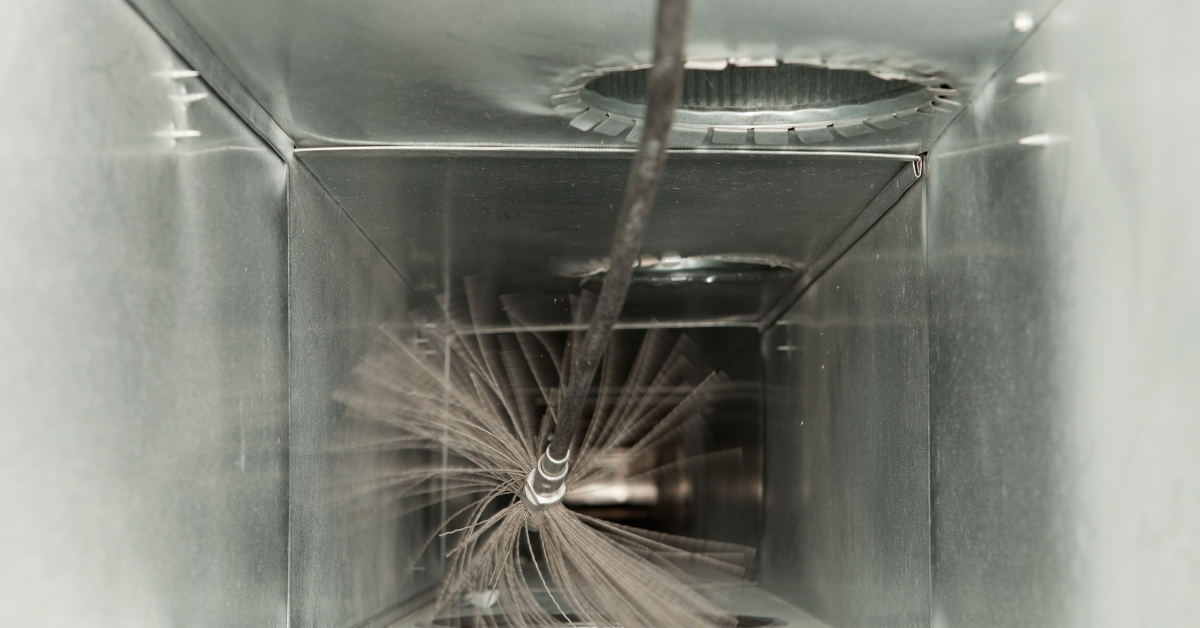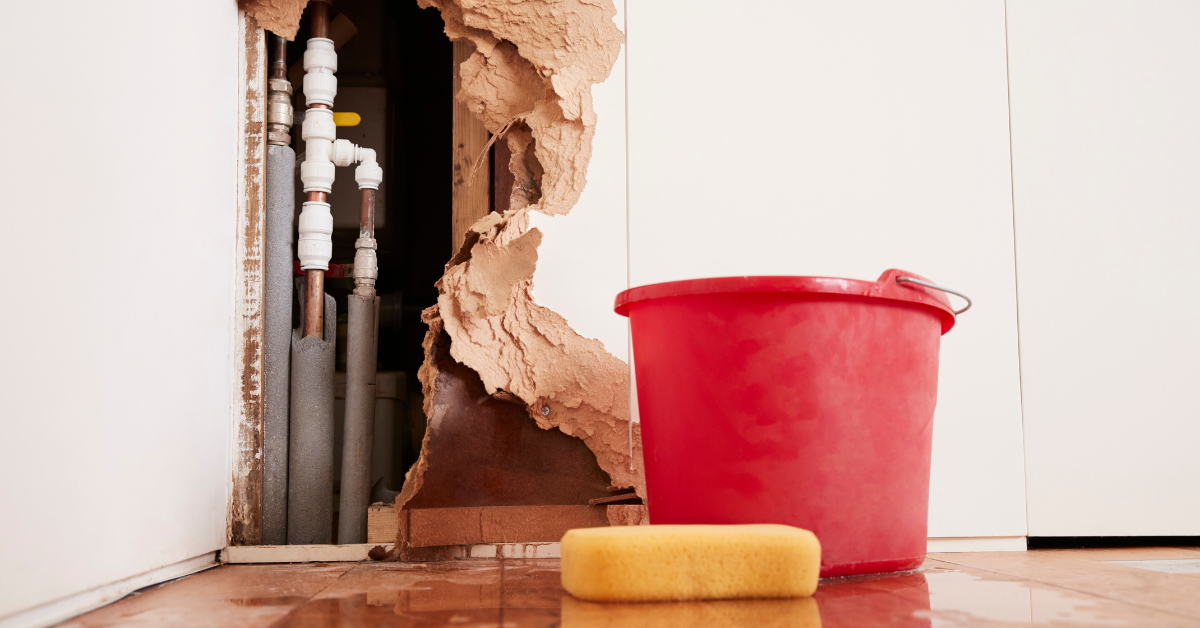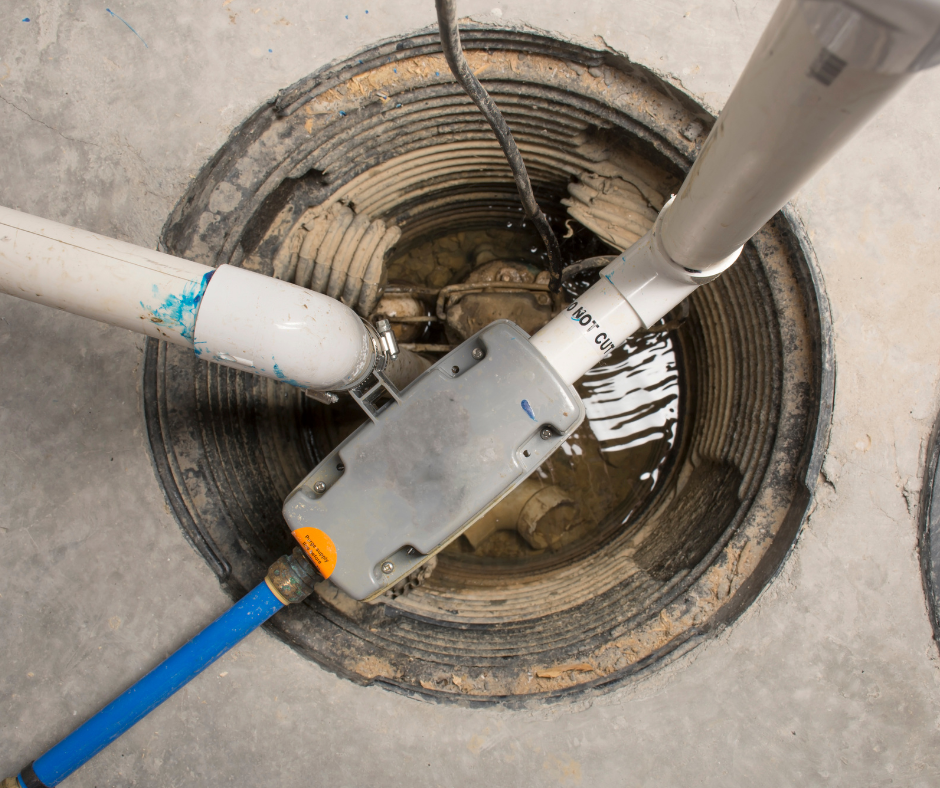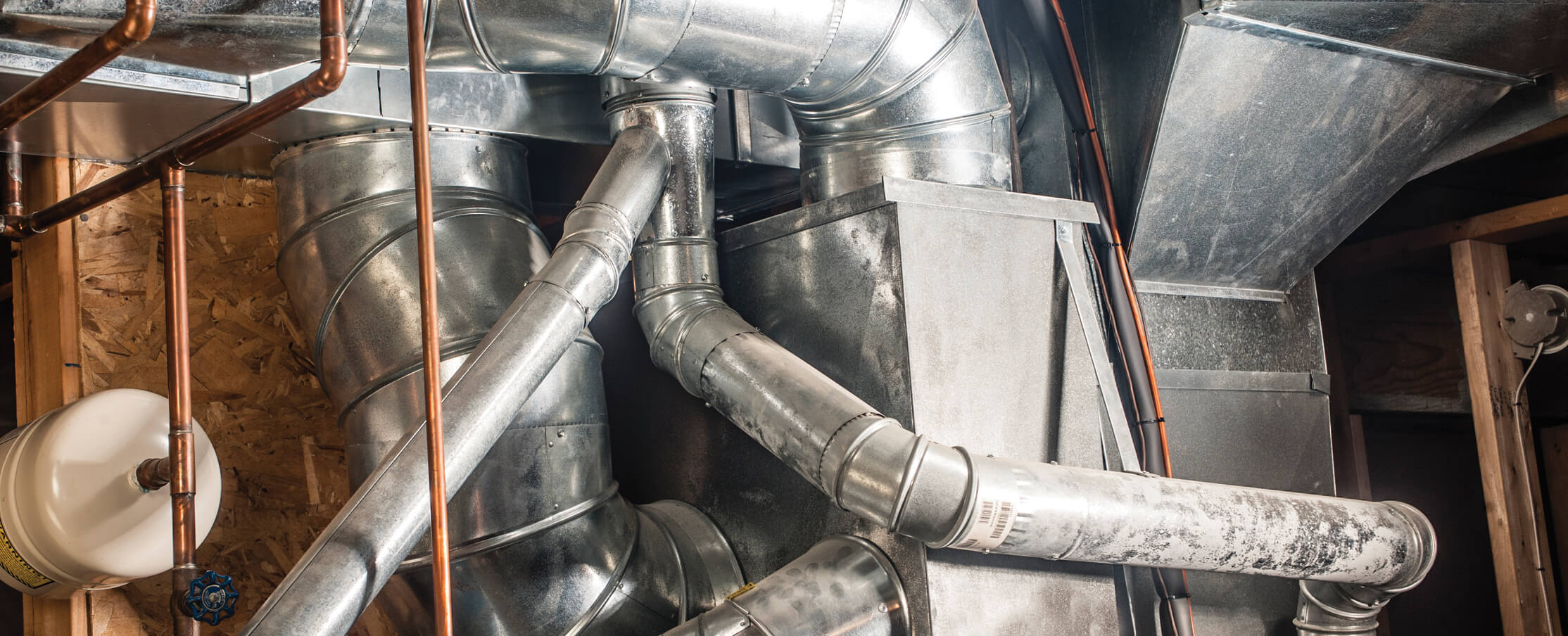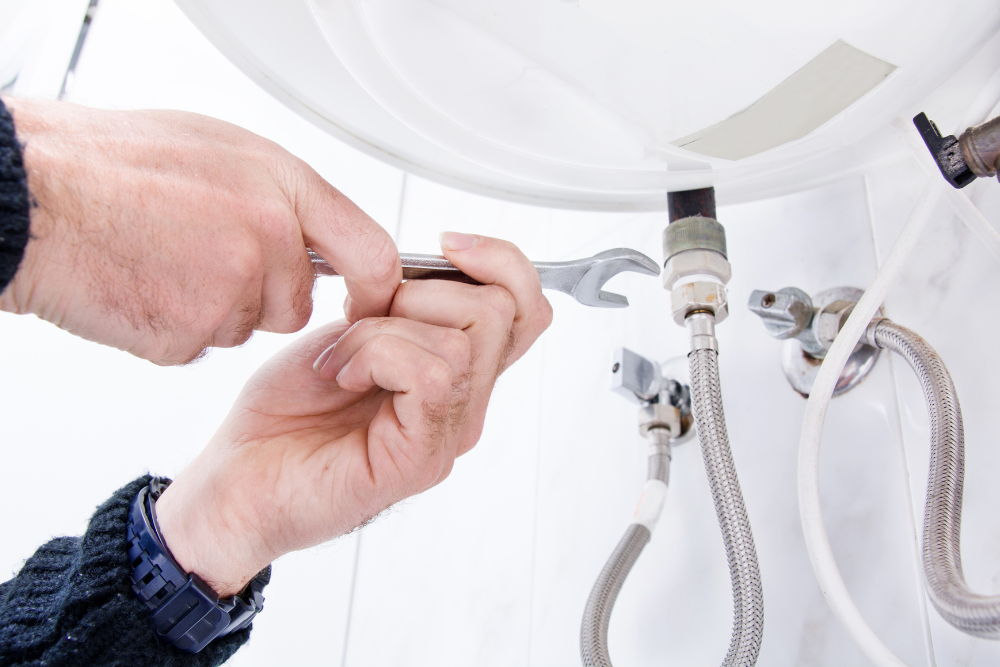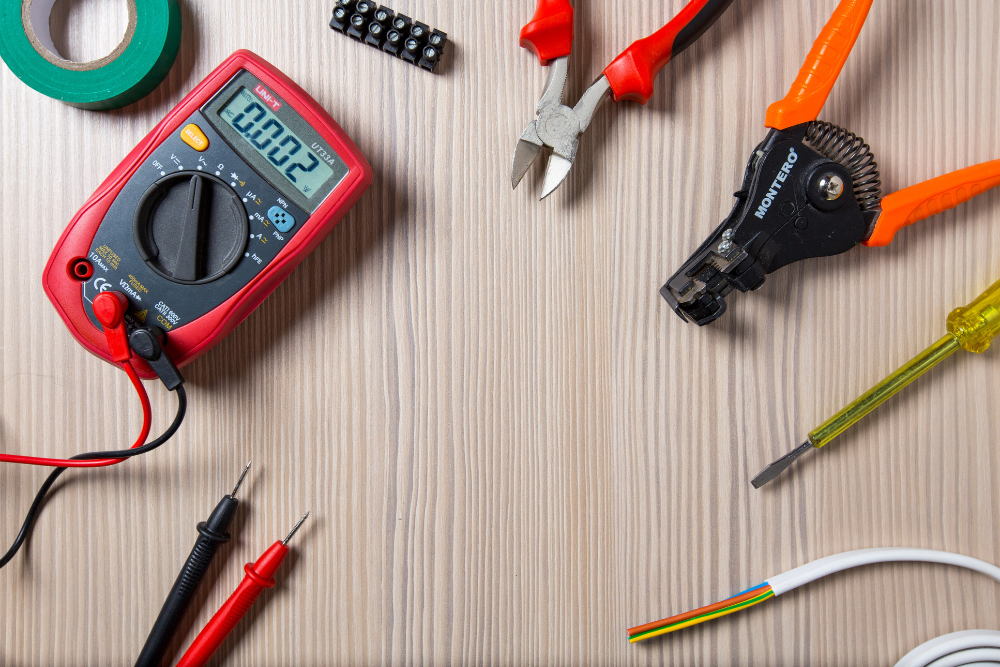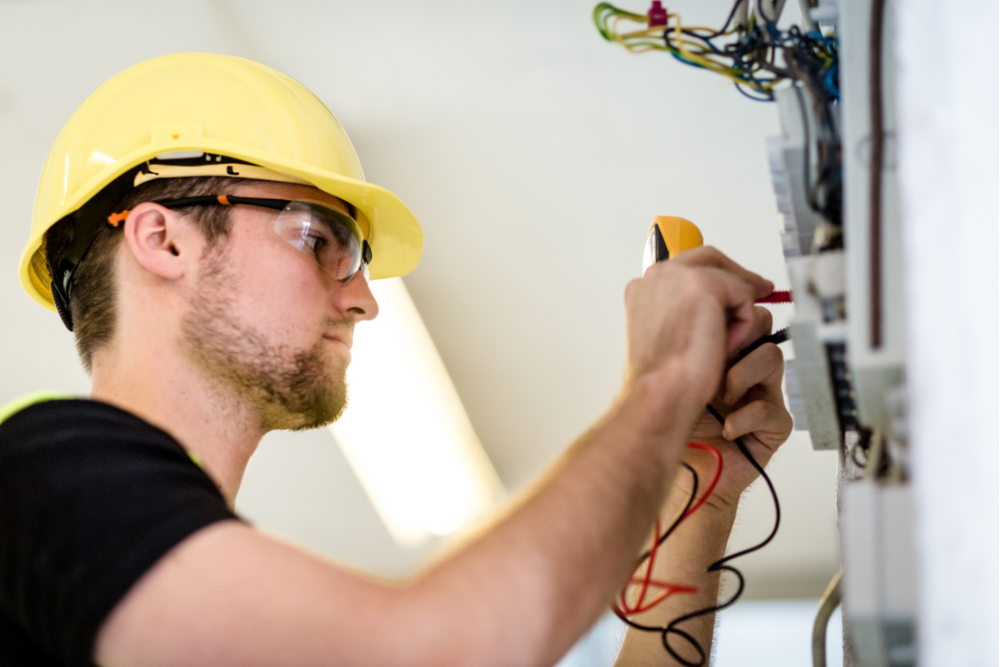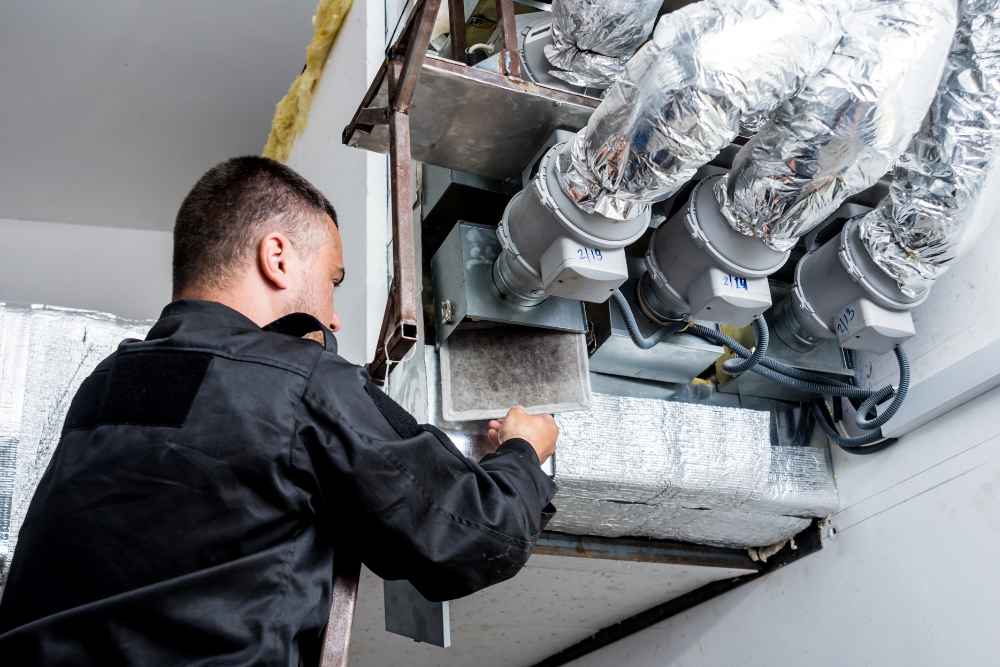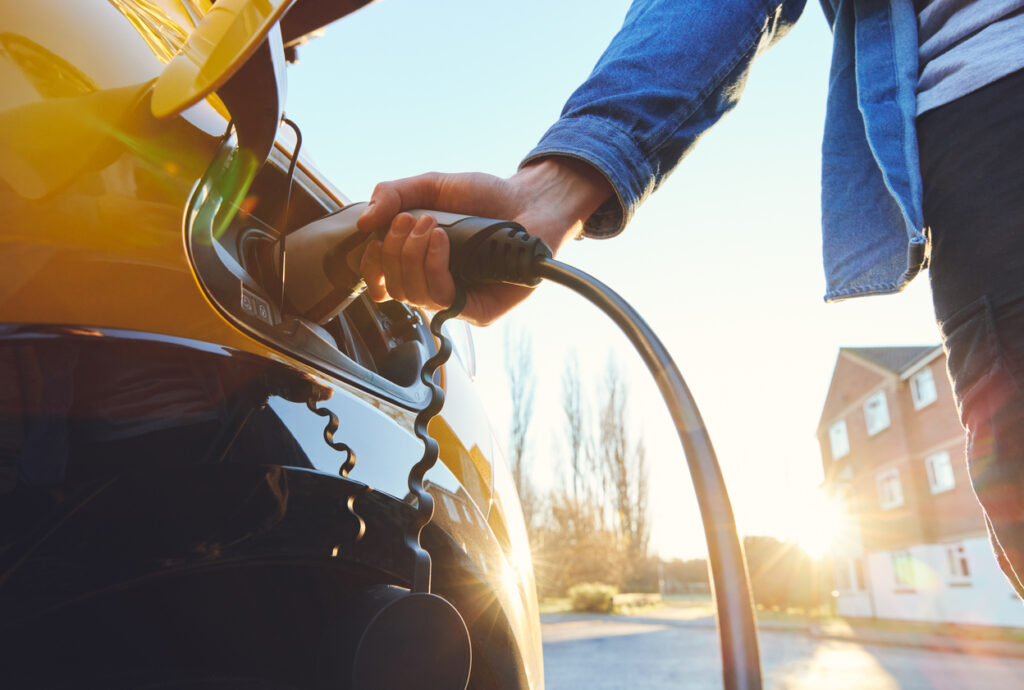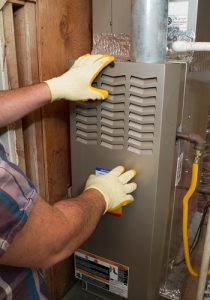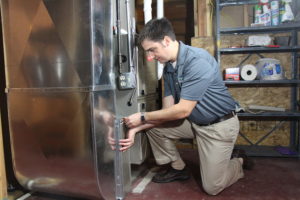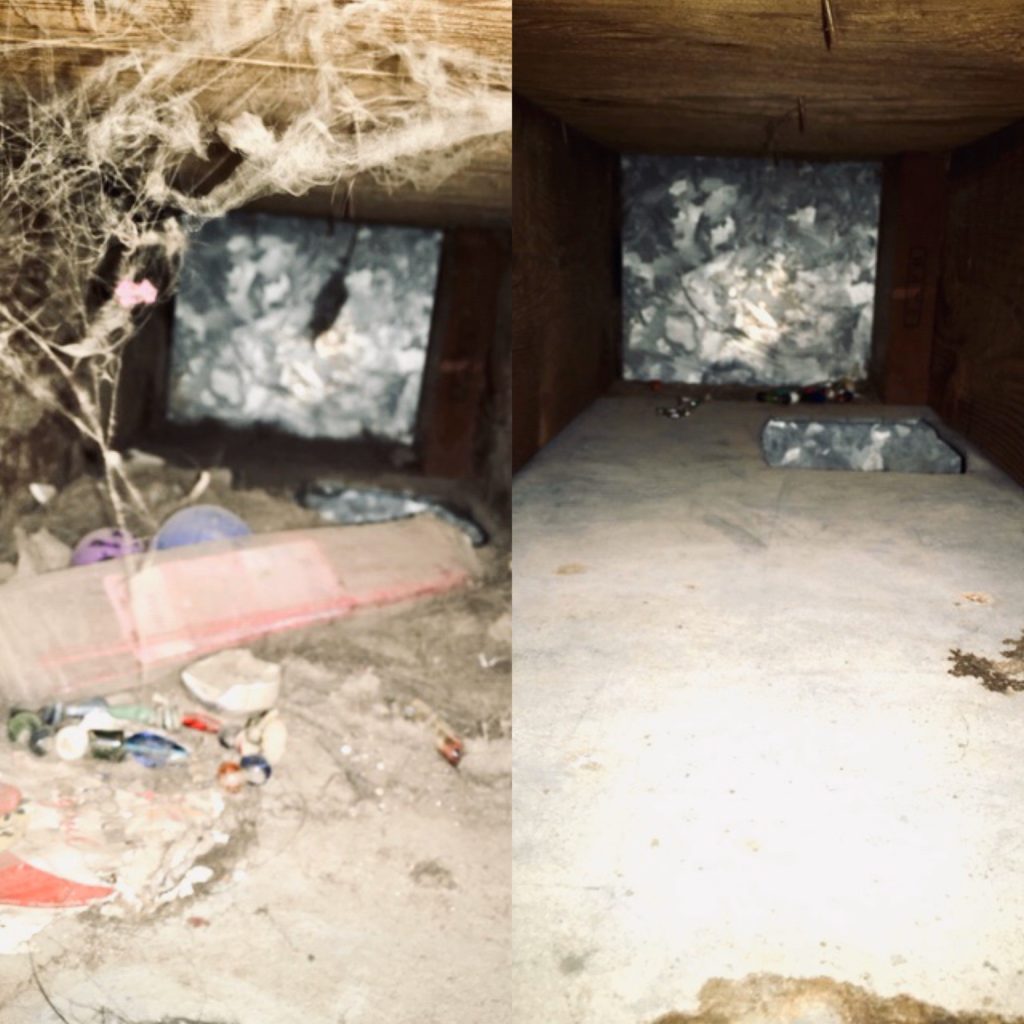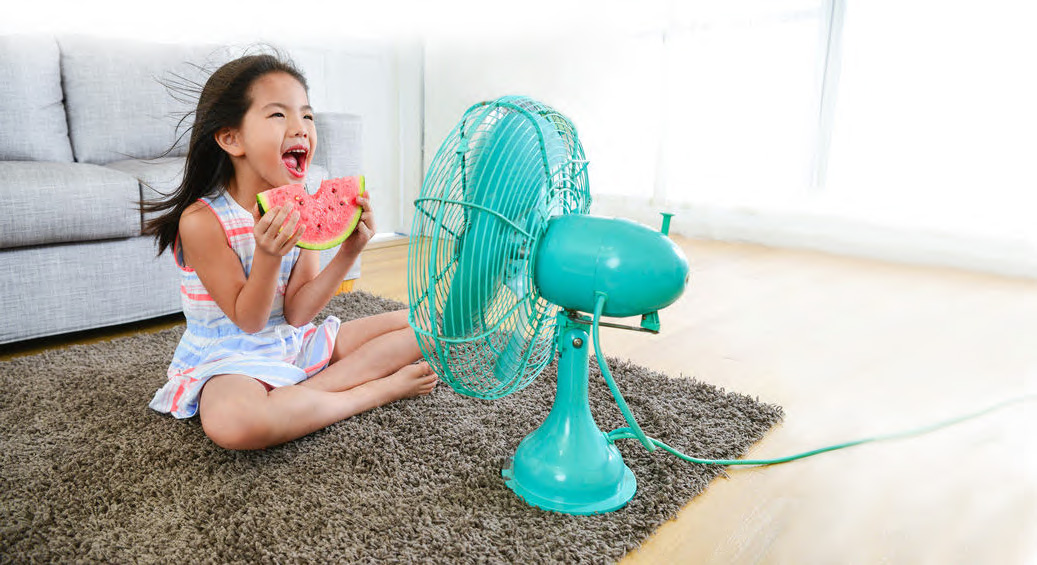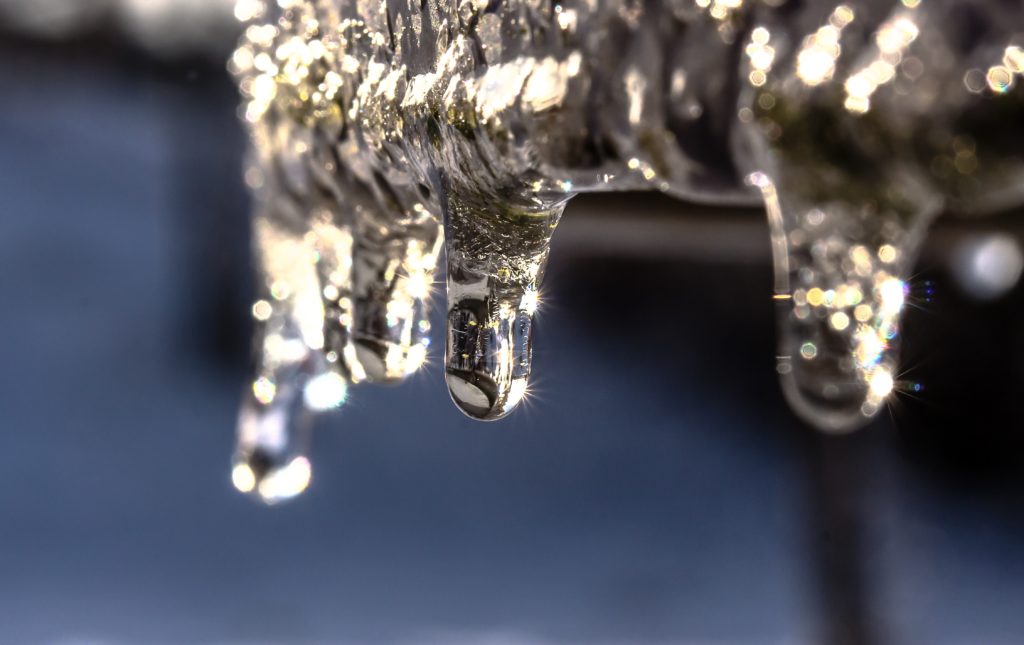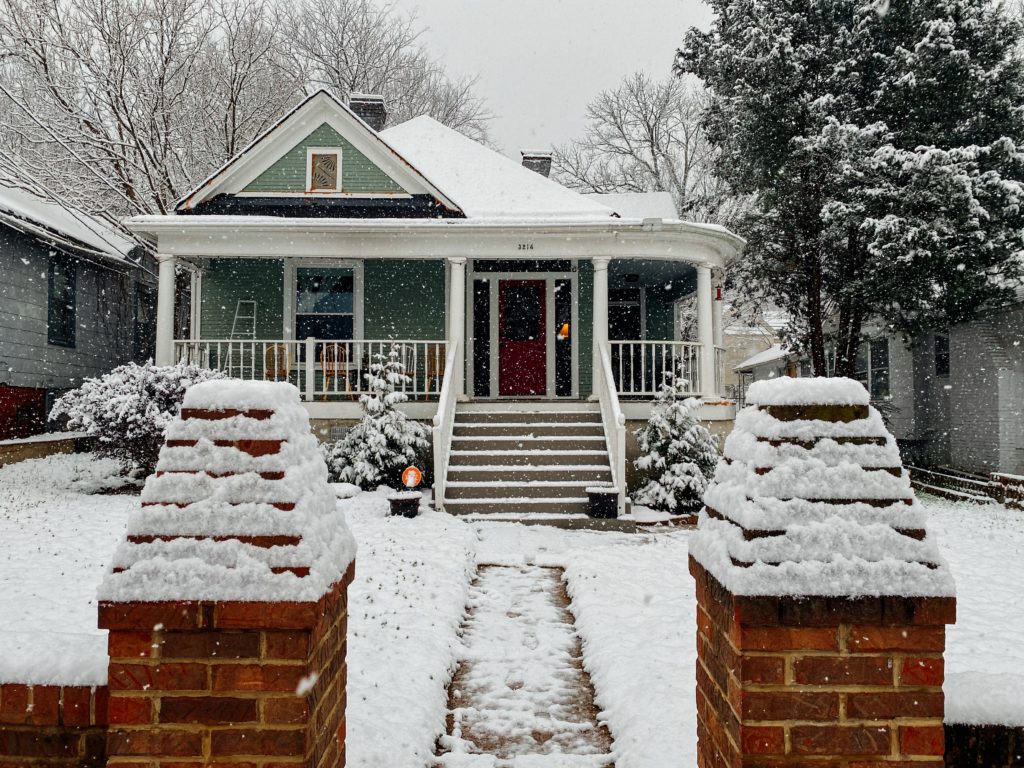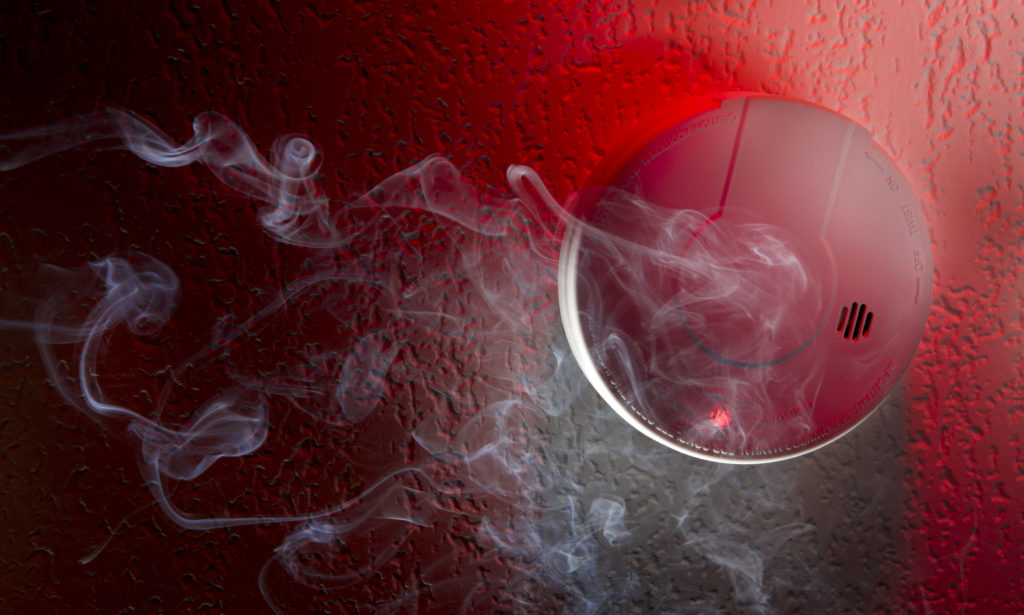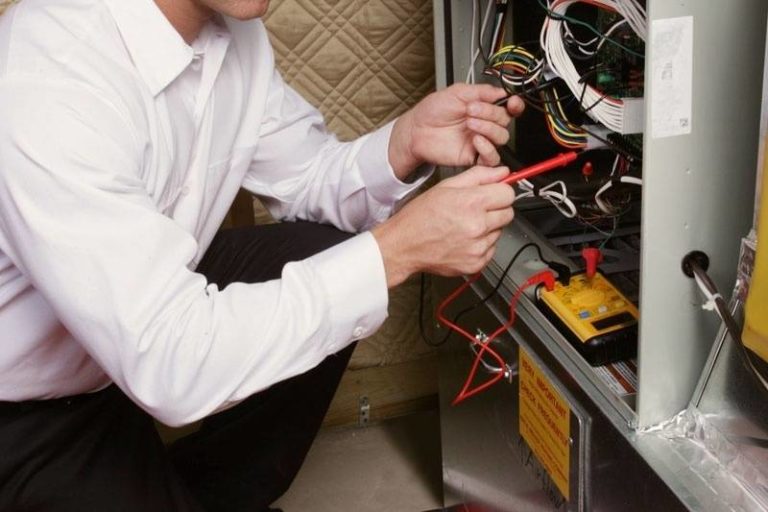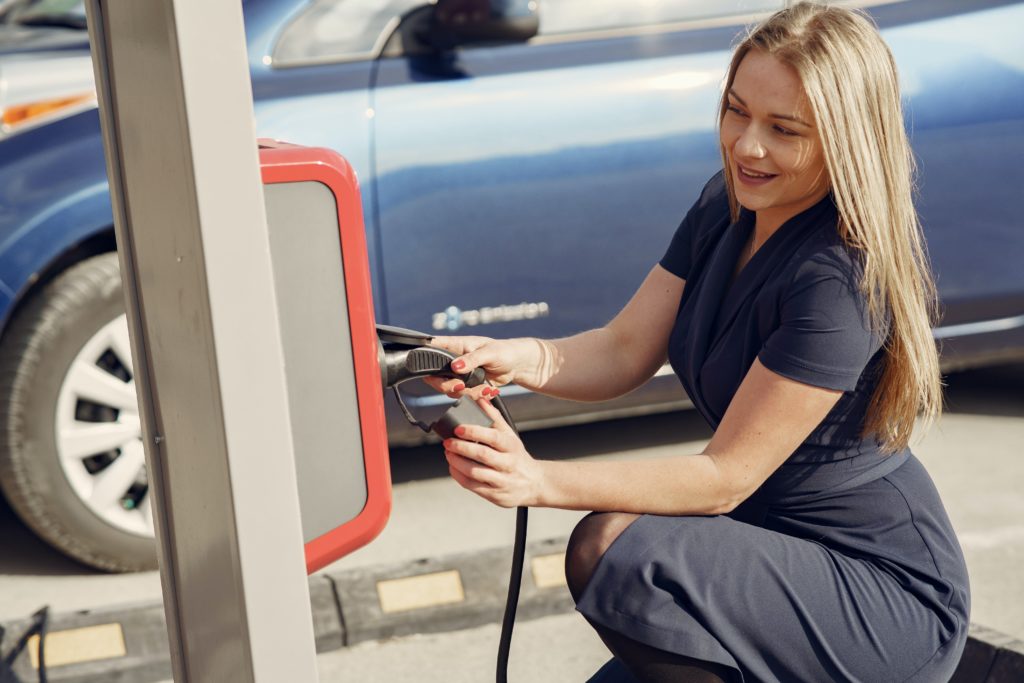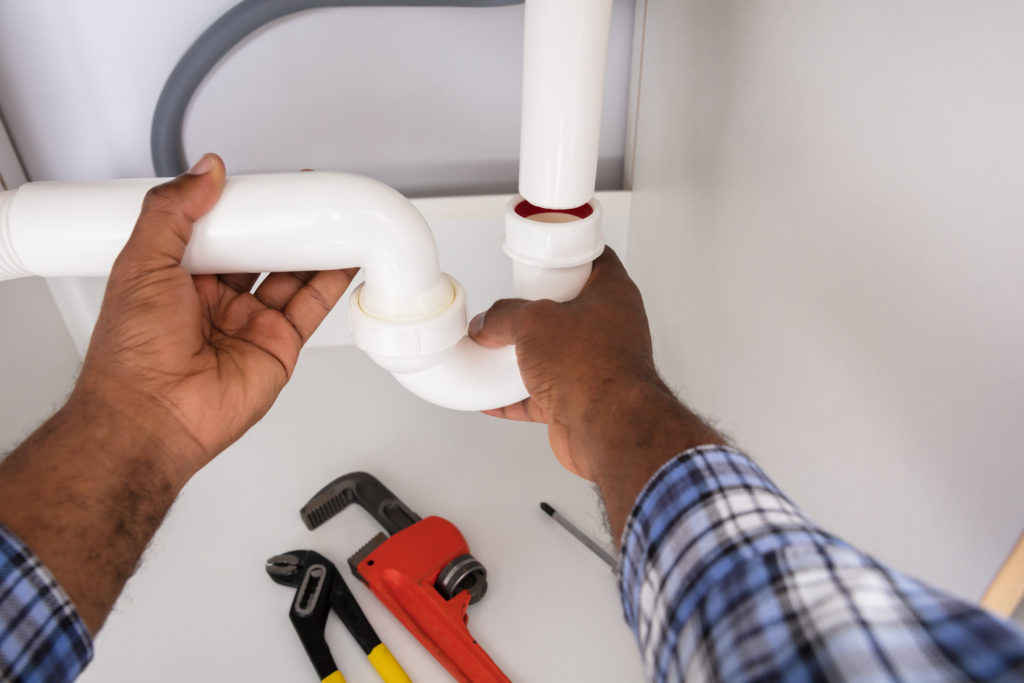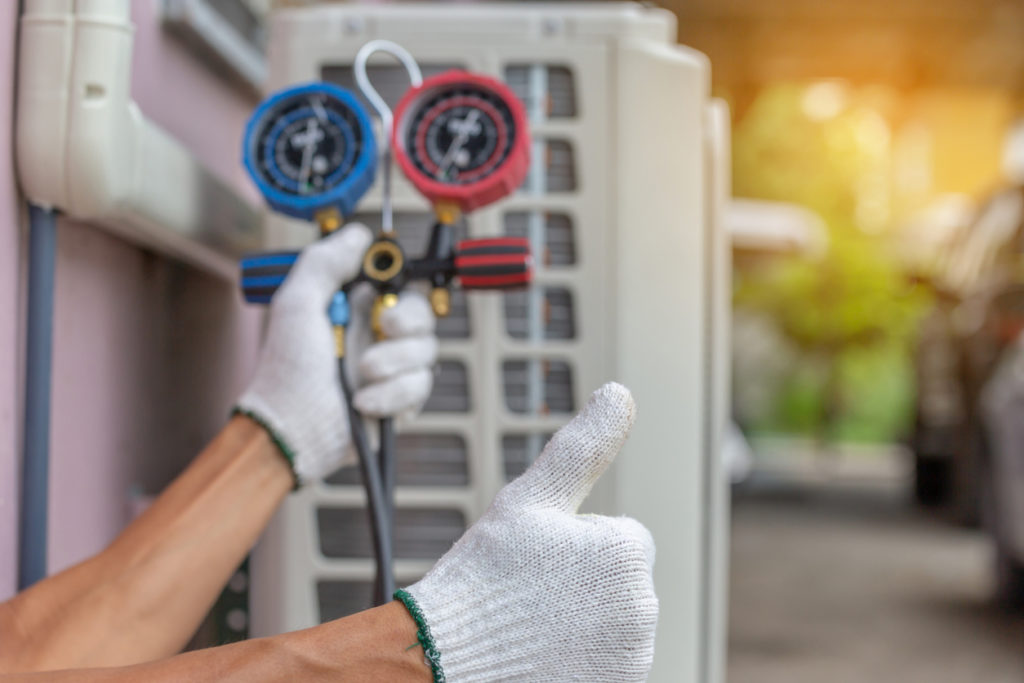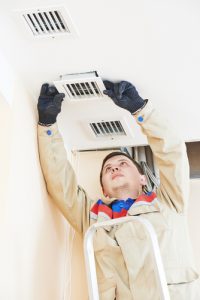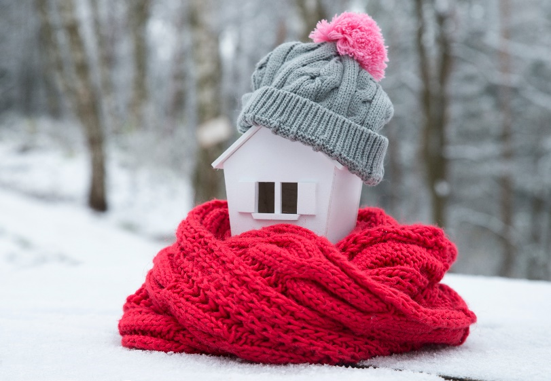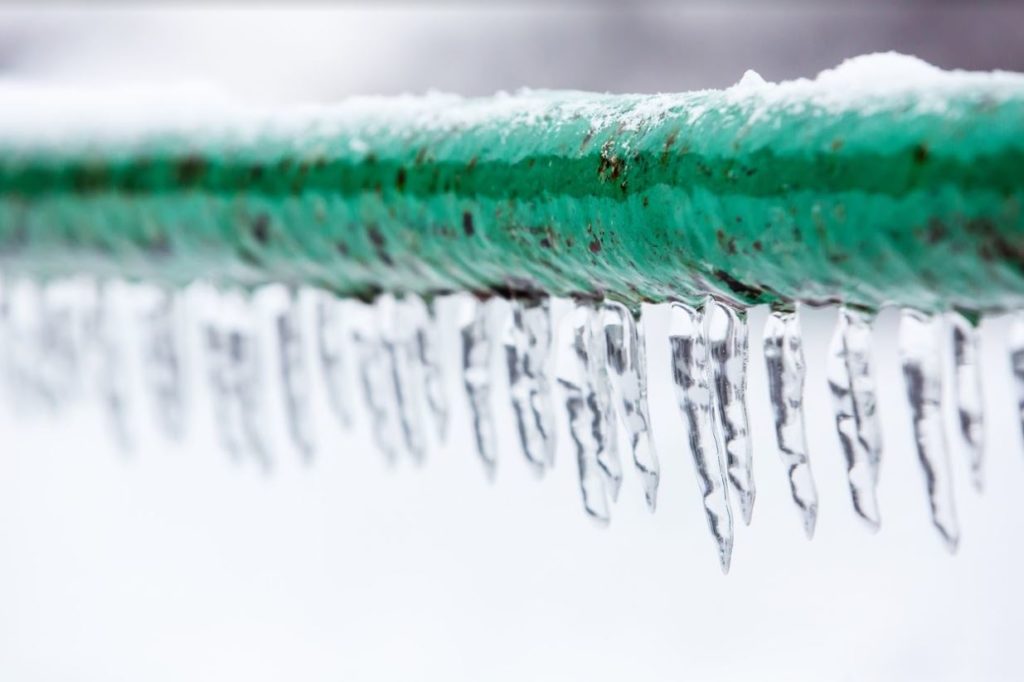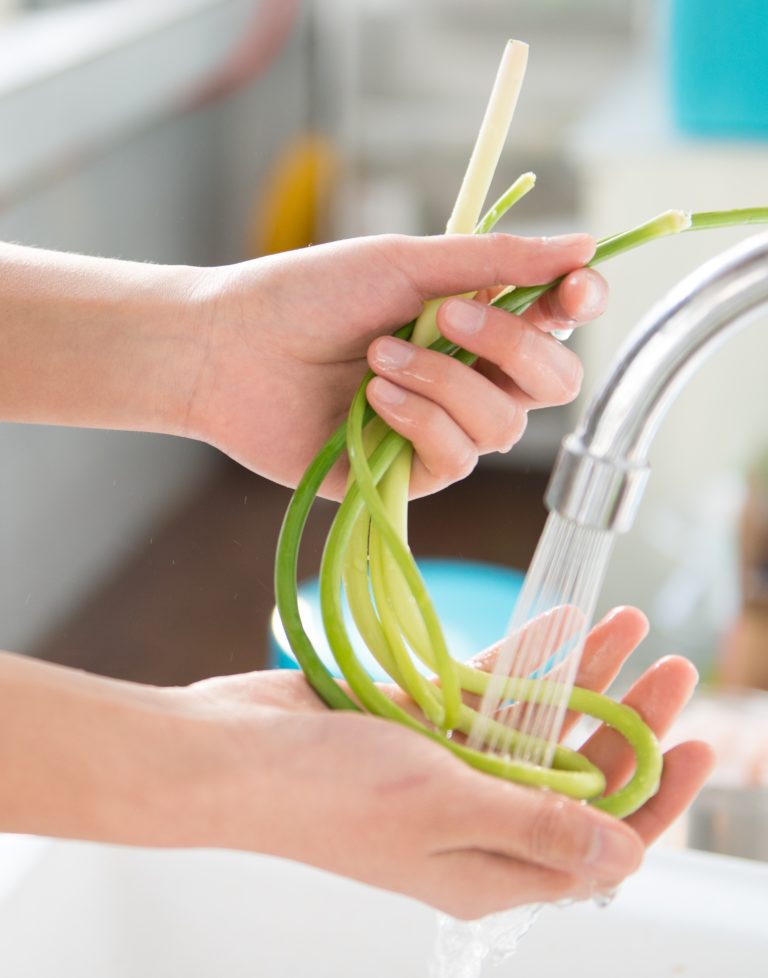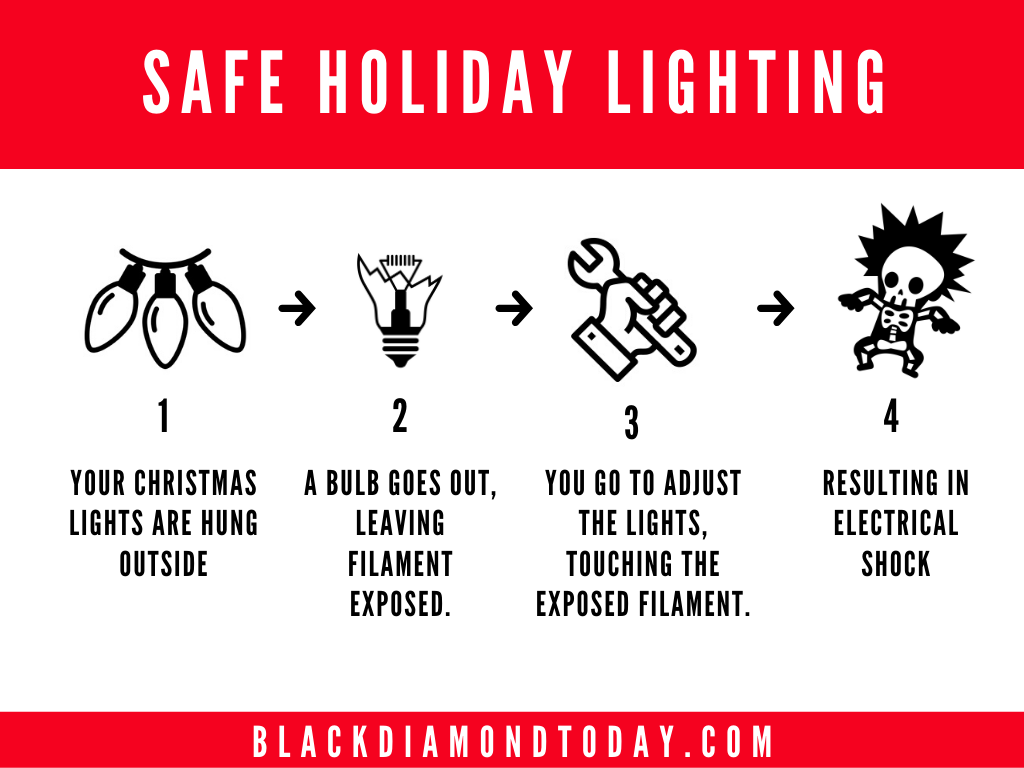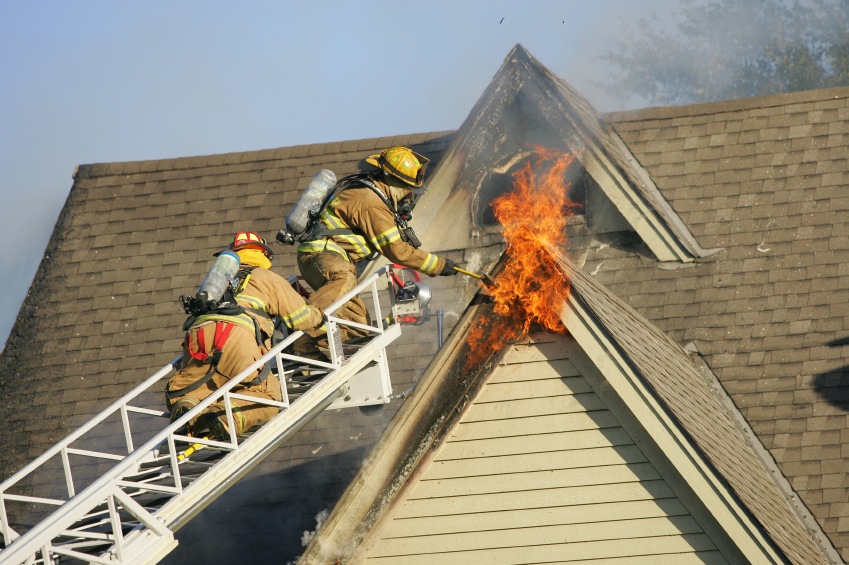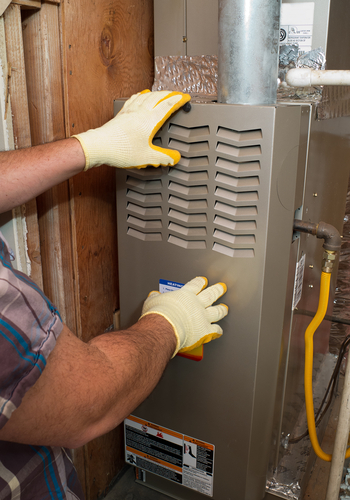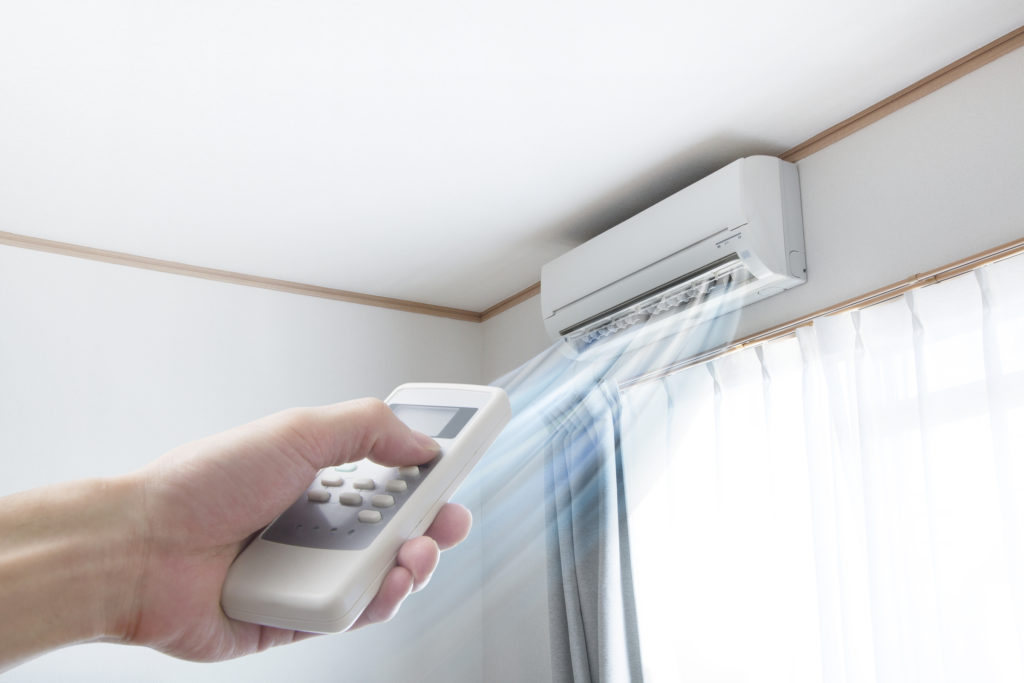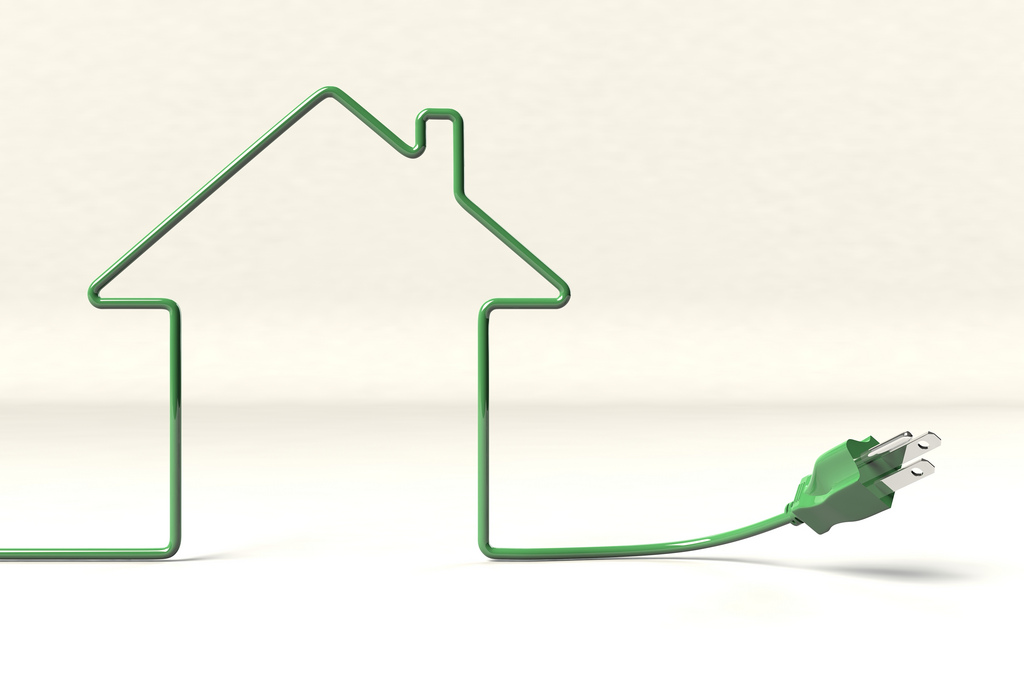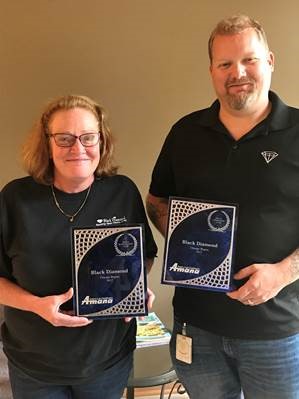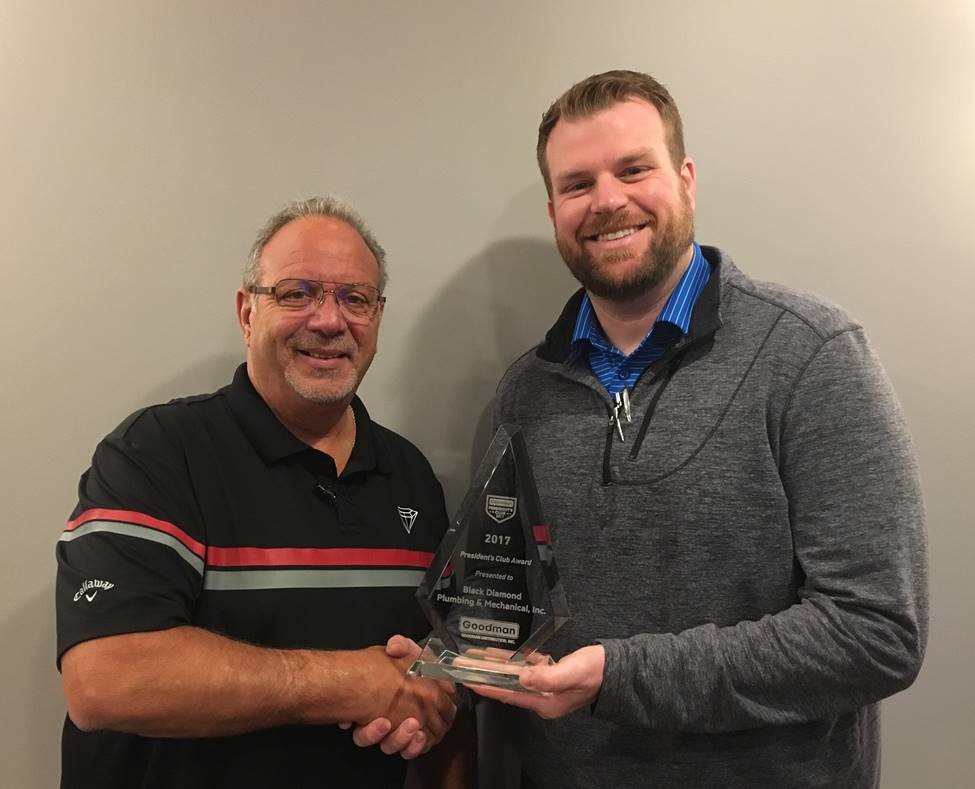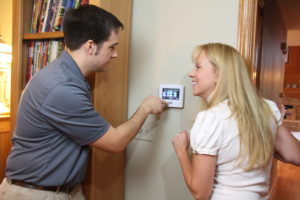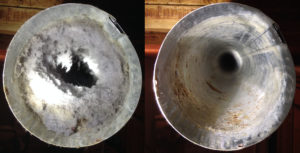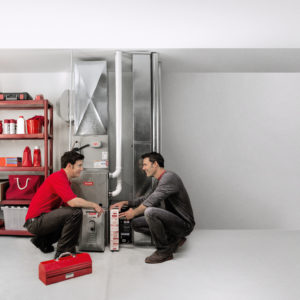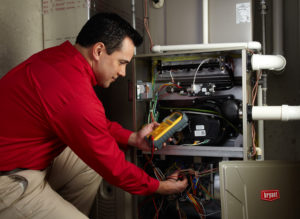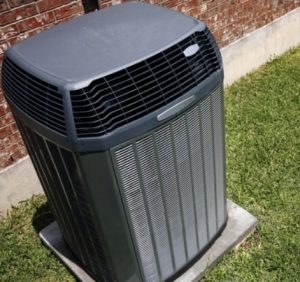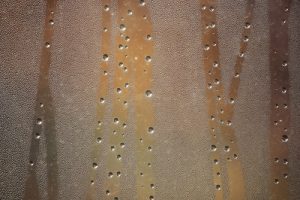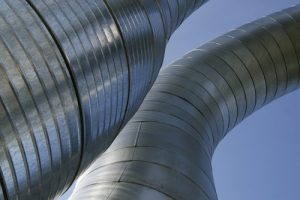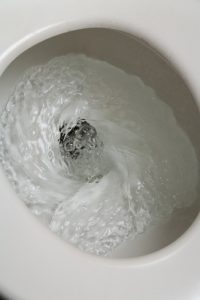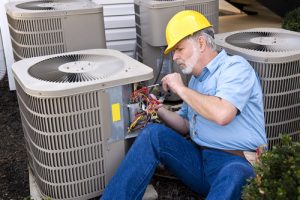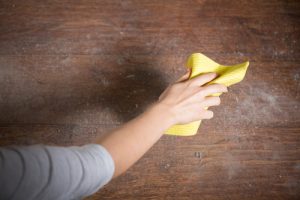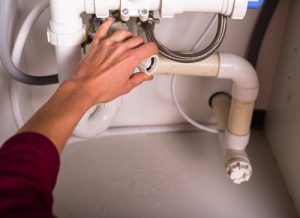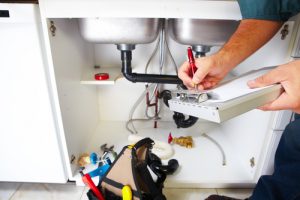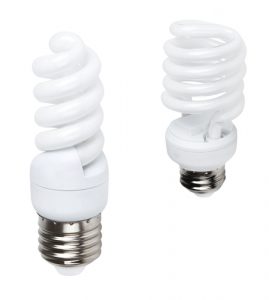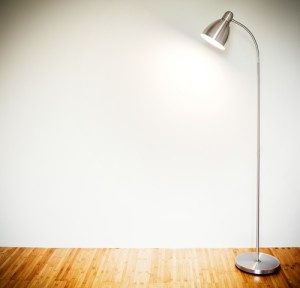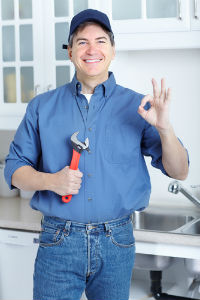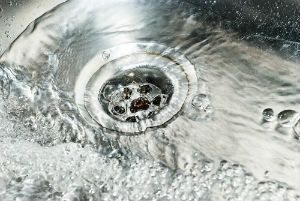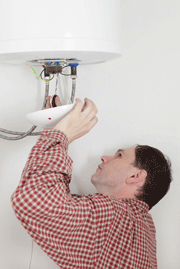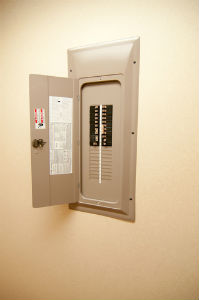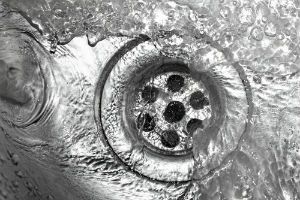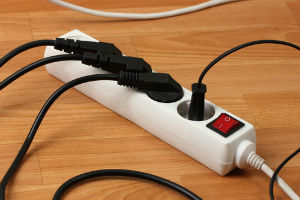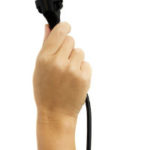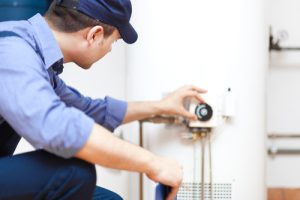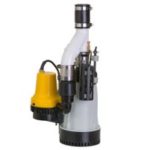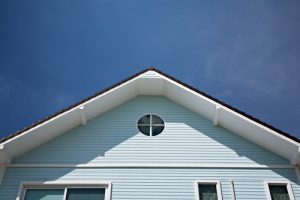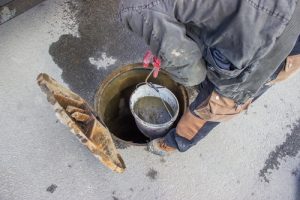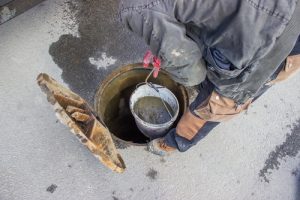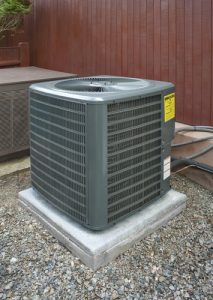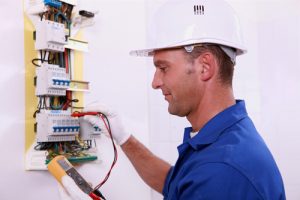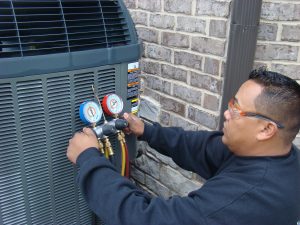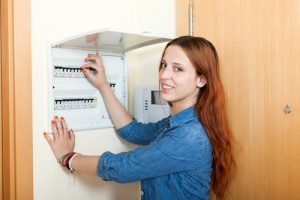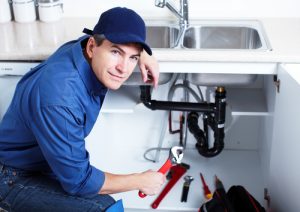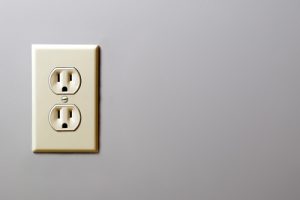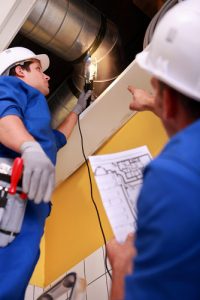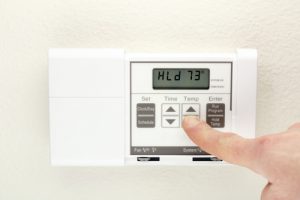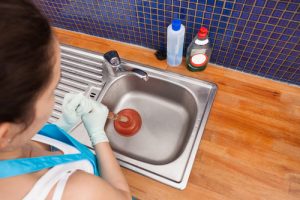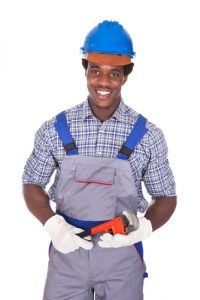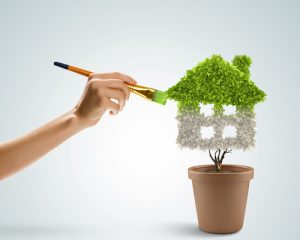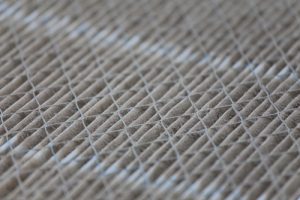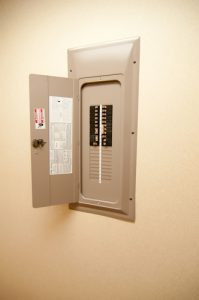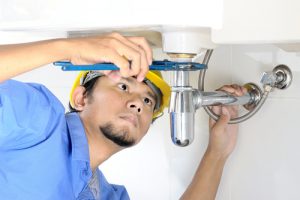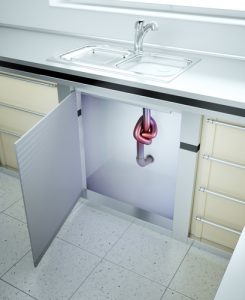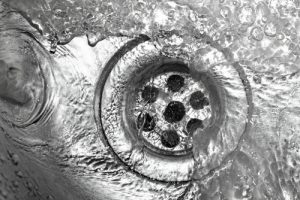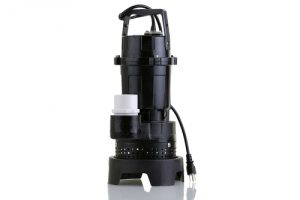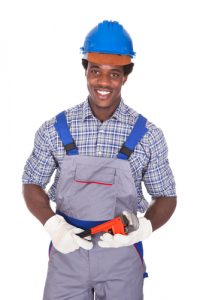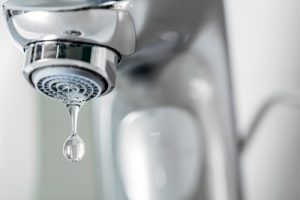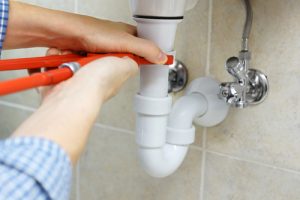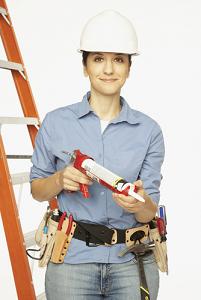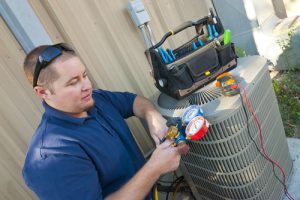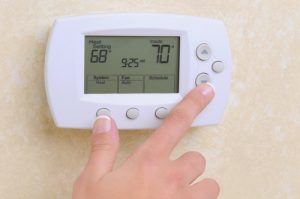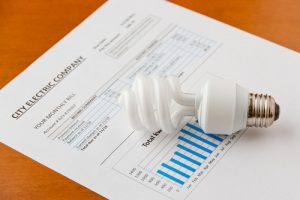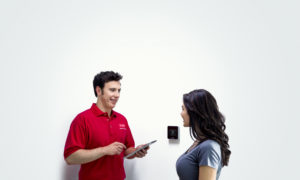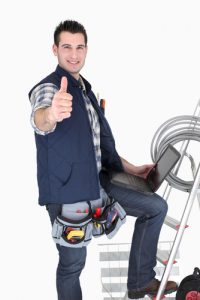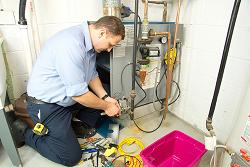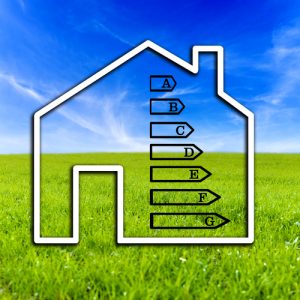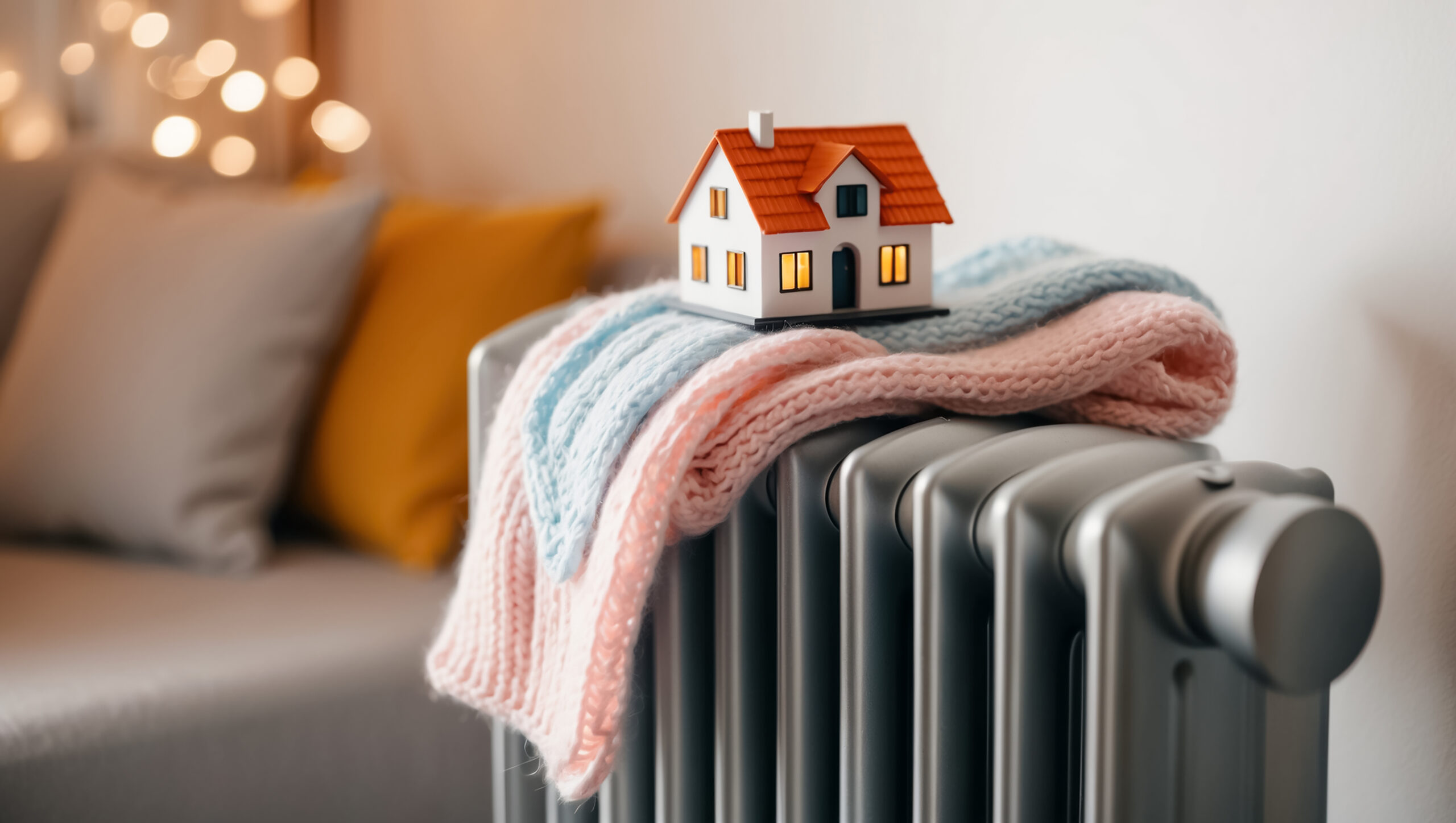Maintenance Tips and Preventive Measures to Stave Off Plumbing Emergencies
Plumbing emergencies are the most expensive and inconvenient ways to discover that your home’s plumbing needs preventive maintenance or repair. Included in the price may be structural damage to your house, loss of personal possessions and a great deal of disruption to your comfortable daily routine. There ought to be a better way and there is.
Maintenance tips and preventive measures can help take the element of surprise out of what’s happening in your plumbing fixtures, supply lines and drain pipes. Avoiding plumbing emergencies means recognizing the signs and symptoms and then taking the necessary steps before they happen. Once a severe water damage incident occurs, there’s only one thing you’ll really need to know: the emergency phone number for your local plumber.
Water remediation services are a fancy way of describing the professionals that dry out damage to a home after plumbing emergencies. A large percentage of the claims on homeowner insurance polices are filed for water remediation resulting from events like broken pipes, overflowing fixtures and burst water heaters. Water damage resulting from plumbing disasters is typically more severe than other common water events like a leaky roof, and the cost of remediation is more than three times as much.
And there’s more: An ancillary service of most water remediation companies is mold remediation. The growth of toxic mold after a water inundation in the average home usually begins within 24 hours and may require dismantling walls and other structural components to neutralize mold that may lead to long-term contamination.
Fresh Water Or Used Water?
All water is wet, but the damage done by plumbing emergencies often differs according to the source of the water. Most plumbing emergencies originate from either the supply system or drain system.
Supply water discharged by water supply lines that connect to the municipal water pipe is under pressure. Therefore, a great deal of flooding can occur very quickly in the event of a major supply pipe rupture or a fitting that gives way. Supply events are often preceded by warning signs that a professional plumber can recognize during a routine inspection. However, these may not be obvious to the average homeowner.
The insurance industry has compiled these suggestions to help homeowners recognize the red flags of supply system plumbing emergencies:
- If monthly water bills suddenly climb without explanation, call a professional plumber and find out why. That water’s going somewhere and it may be a small hidden supply leak which is about to turn into a big water damage event.
- If you hear mysterious sounds when opening or closing a faucet, get an inspection to track down the source. Water hammer—a frequent source of unusual plumbing noises—often indicates that pipe supports are deteriorating and an unsecured pipe is likely to burst sooner rather than later.
- If your water is rusty or any color other than clear, something’s going on inside your pipes which may indicate corrosion that’s the precursor of a pipe rupture.
- If the concrete slab of your home exhibits spots of dampness or certain walls “weep” moisture, a slow leak in a covered supply line may be at fault. Tell a plumber before it turns into a fast leak. Other signs of hidden leaks include wet or muddy spots around the perimeter of the home’s foundation that never dry out.
- If you don’t know how to turn off your main water supply valve in case of a major water leak, ask a plumber to show you.
Waste water from clogged drains or sewer backups isn’t under pressure like supply water. However, drain system spills pose an entirely different set of concerns as this water may present toxic health hazards and/or complicate damage to home and possessions because of other content like detergents. Consider the following risk factors for plumbing emergencies in the drain system:
- If your home was built before the 1980s, the existing sewage piping is more likely to become obstructed and cause backups of raw sewage into your home.
- If the house is at the bottom of a hill or incline, sewage backflow is also more common. Your plumber can explain the benefits of installing a backflow prevention device.
- If you don’t know the path of the buried sewage pipe across your yard, ask a plumber to show you. Avoid planting trees near the pipe to prevent tree root intrusion, a frequent cause of sewage blockage and backups.
- If you usually pour grease or other animal fats down the drains, stop. Save the used grease in a sealable container and dispose of it in the trash or take it to a local recycling center.
- If you store important possessions in the basement, keep them off the floor and away from basement flood drains.
Getting Specific About Plumbing
The many water taps and fixtures in your home all present varying maintenance requirements to stave off plumbing emergencies.
Toilets – Toilets are the major water consumer in many homes and one of the most frequently used fixtures. Consequently, they’re common sources of water damage. Here’s what you can do to reduce the odds:
- Stay in the bathroom or close by after flushing until the toilet refills and properly turns off.
- Familiarize yourself and everyone in the family with how to turn off the valve that supplies water to the toilet in the event the bowl or tank begins to overflow.
- As part of routine maintenance, check the toilet fill valve, tank flapper and chain for proper operation and fill level once a year.
- A toilet that runs continuously or turns on and off by itself should be inspected by a plumber.
Washing machines – Washers receive fresh water through flexible hoses connected to a threaded faucet on a water supply line at the wall. Over time, these hoses may deteriorate and cause minor leakage or a sudden blow-out that can result in major flooding. Don’t take chances when you can take these precautions.
- Have your plumber install a lever-style valve in place of the supply faucet. This makes it quick and easy to simply shut off water to the washing machine hose when the washer’s not being used.
- Don’t leave the washer running when you leave home. A leak or overflow in an unoccupied house may progress to a major water inundation.
- Make sure the supply and drain hoses behind the washer aren’t kinked.
- Verify that the supply hose is securely tightened at its threaded connections and check it for crack or pinhole leaks twice a year.
Sinks – Hidden beneath every sink are cold and hot supply connections that rarely get much attention. You don’t have to wait until a leak or flooding occurs because of a loose or broken connection. Take these preventive steps now.
- Use a flashlight to inspect the supply line and the connection twice a year. Corrosion on the supply pipes and evidence of water seepage are red flags you shouldn’t ignore.
- Make sure the supply lines aren’t kinked or bent out of shape.
- Identify the hot and cold water supply valves and check them to make sure they can be turned. If they’re frozen, you’ll need a plumber to replace the valves.
Icemakers – Refrigerators often aren’t considered a source of potential water damage. But those that incorporate an icemaker also have a water supply line and connection much like a cold water faucet. Located behind the bulky refrigerator, they’re infrequently inspected.
- Because the water connection is usually made by the person who installed the refrigerator, not a professional plumber, check it out for leaks as soon as a new unit is started.
- Inspect the water supply line connections every six months and make sure the line isn’t kinked or crimped.
- If you slide the refrigerator out for cleaning, take care not to strain or damage the water supply line.
- Identify the valve for the water supply line, make sure it operates freely and don’t forget where it is.
Sump pumps – Water naturally flows downward so basements are a primary destination for water inundation inside the home or from the outdoors. That’s why a sump pump’s an important safety device to keep the basement space dry. Just because a sump pump is out of sight, don’t assume it doesn’t need regular inspection. If you note any problems, call your plumber. Sump pumps are not a DIY item.
- Visually check the sump basin when its empty for any debris that might obstruct the pump inlet.
- Pour enough water into the basin—usually about five gallons—to make sure the float switch rises and energizes the pump correctly and that the pump turns off when the basin is emptied.
- Check the end of the outdoor discharge pump to make sure it’s not clogged.
- If your sump pump doesn’t have emergency battery backup in the event of a power interruption, ask your plumber about having this important option installed.
For more information about preventing plumbing emergencies, contact Black Diamond Plumbing & Mechanical.
Recent Posts
Request Service
Please fill out the form and we will get in touch with you shortly. We look forward to serving you!
Request Service
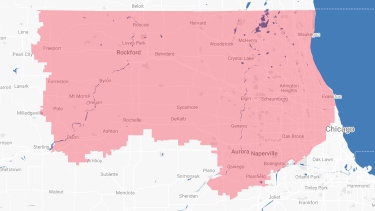
Proudly Serving
The Chicagoland AreaAddison | Algonquin | Antioch | Arlington Heights | Aurora | Barrington | Bartlett | Batavia | Beloit | Belvidere | Bensenville | Bloomingdale | Bolingbrook | Buffalo Grove | Byron | Caledonia | Capron | Carol Stream | And Much More!
VIew ALL

